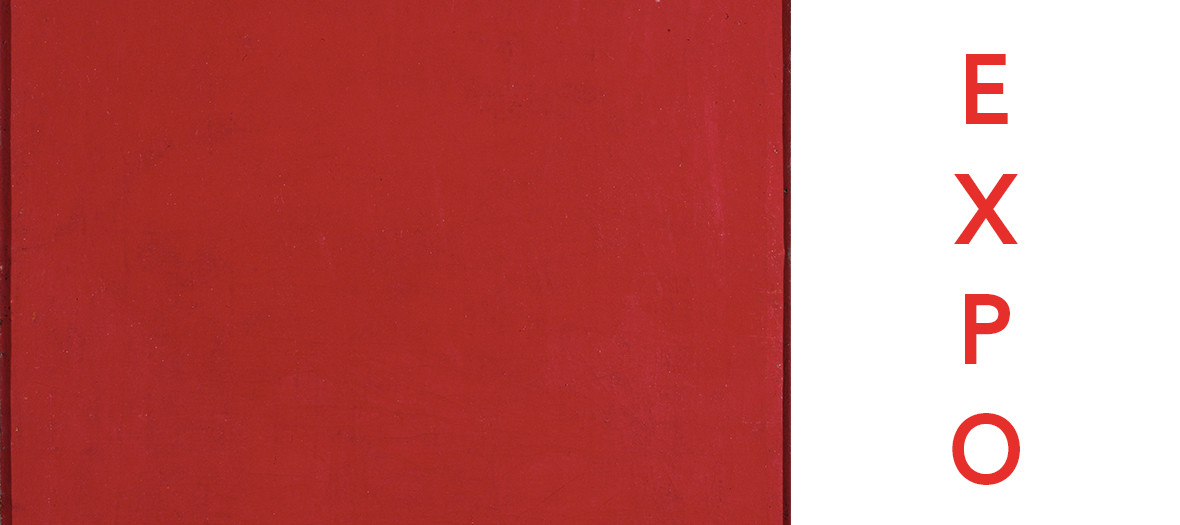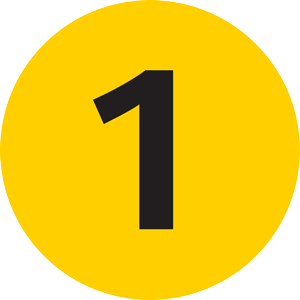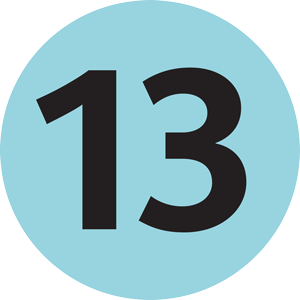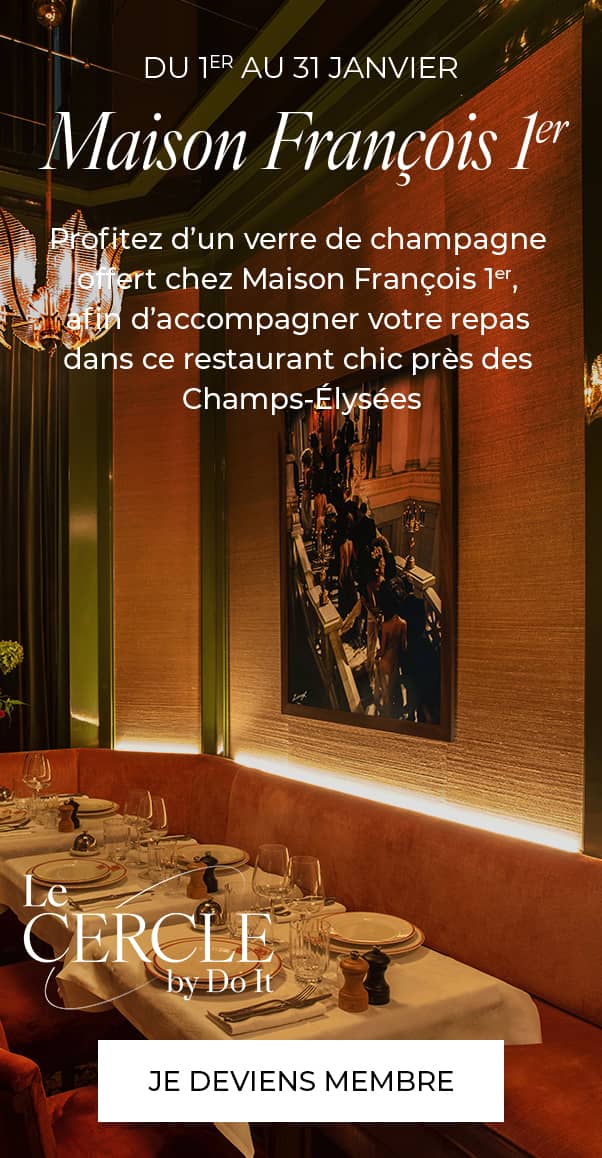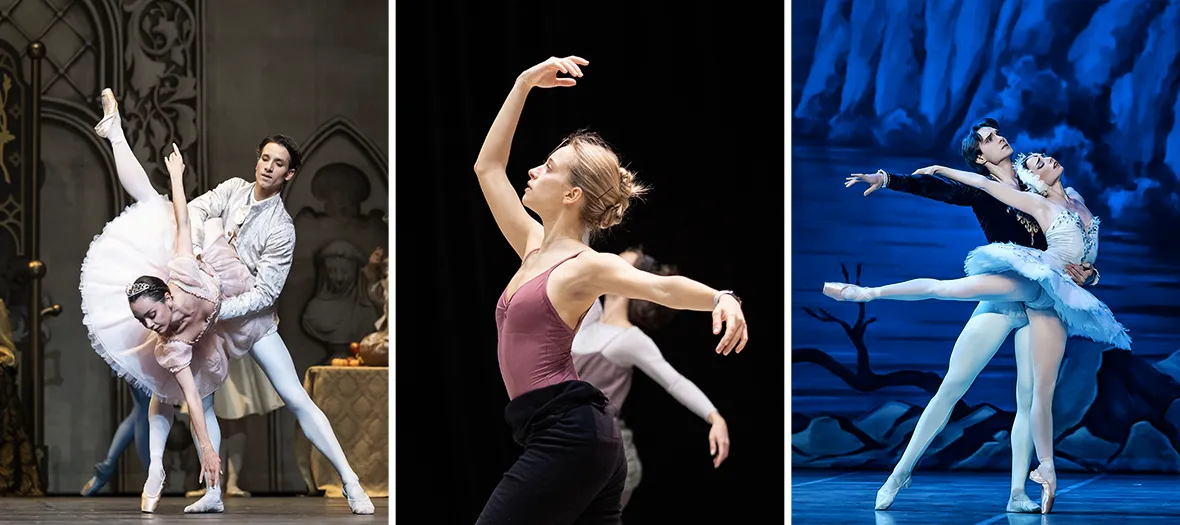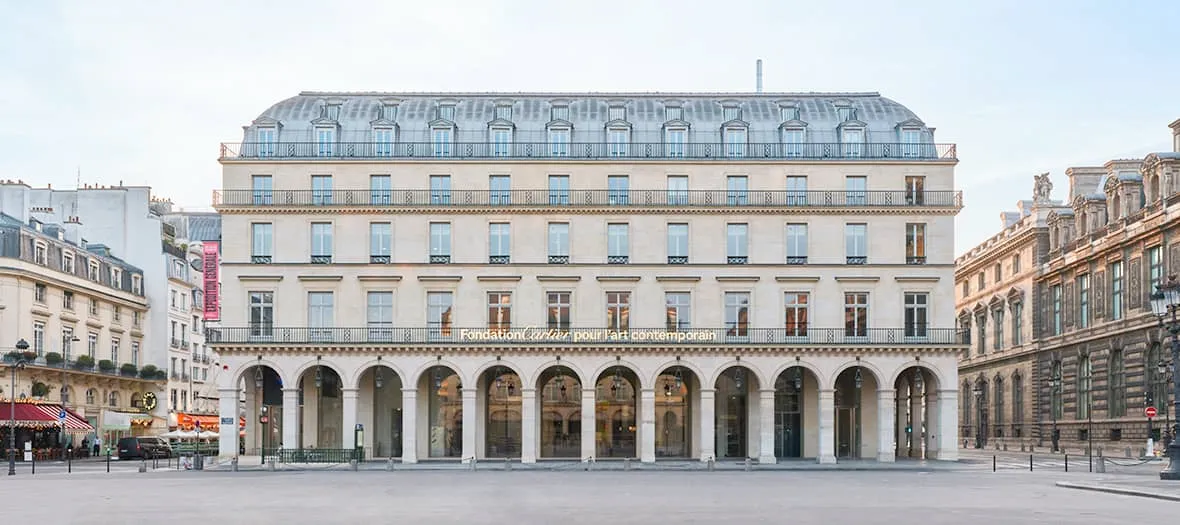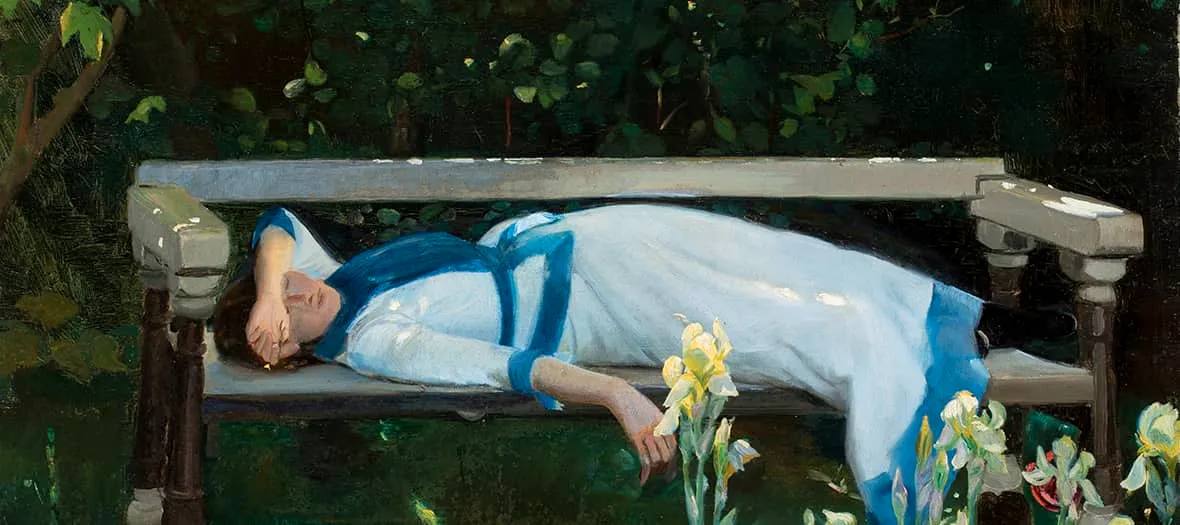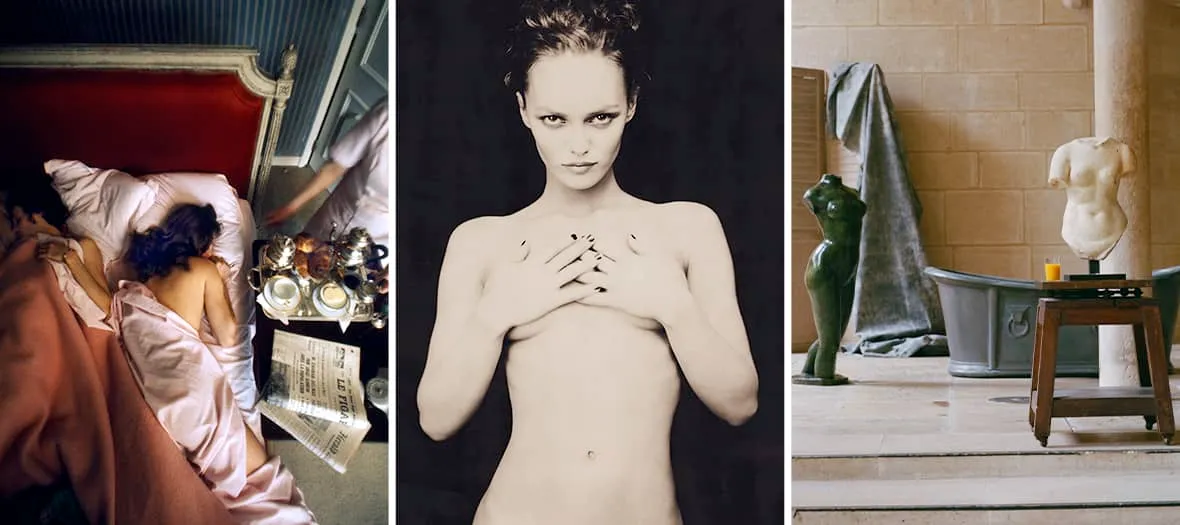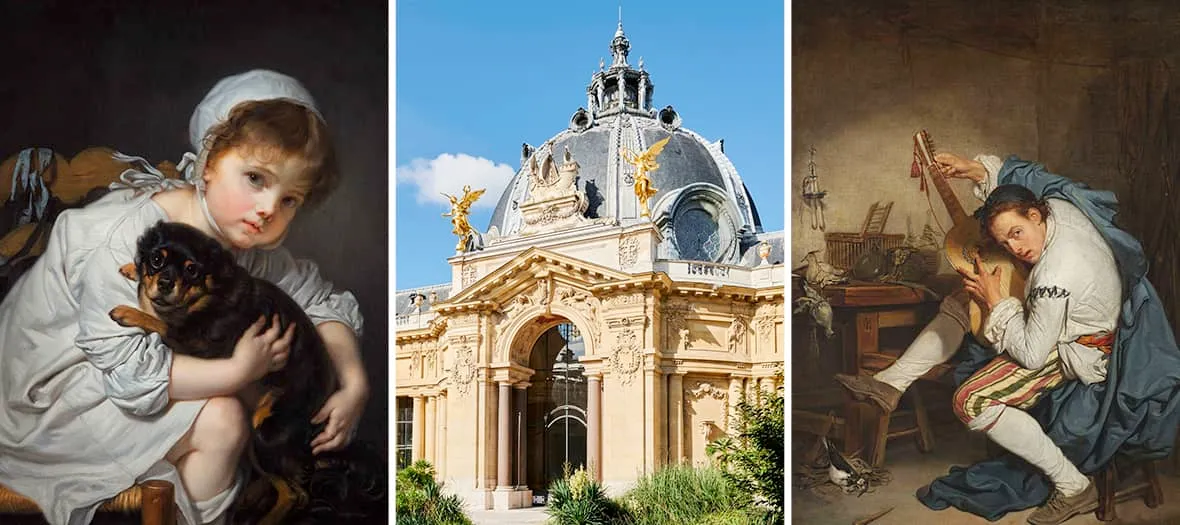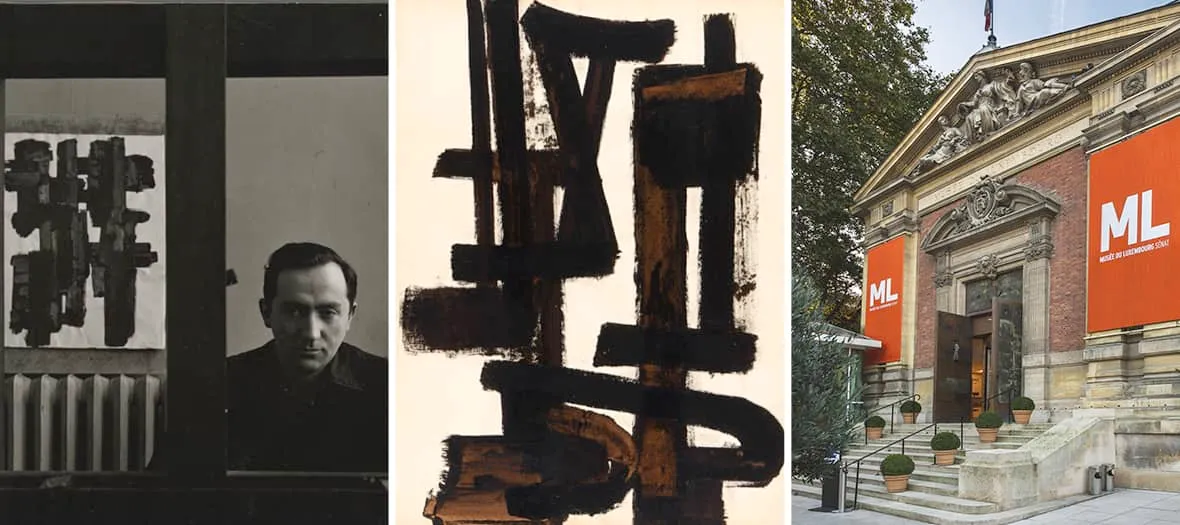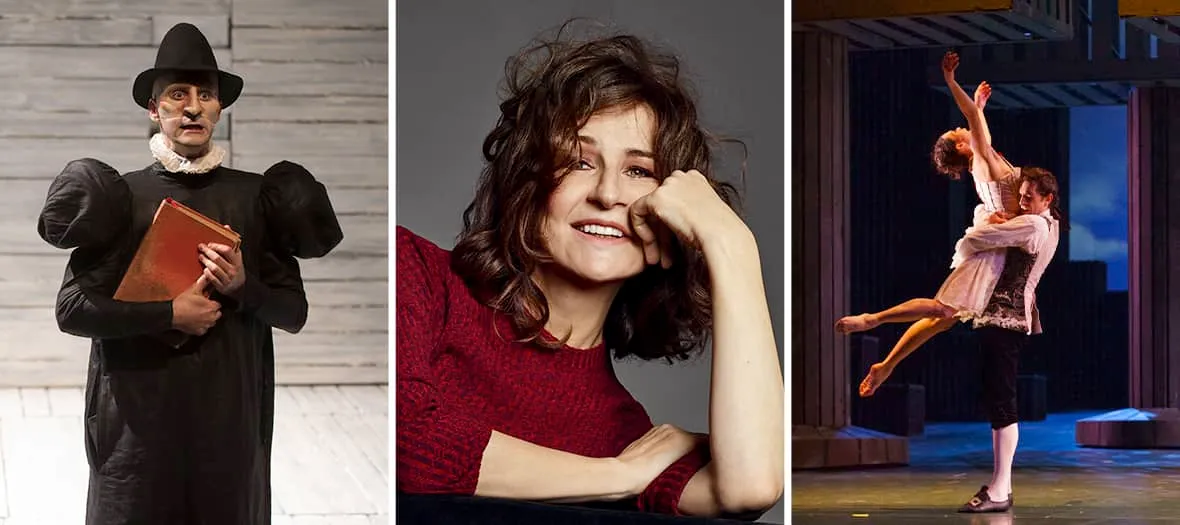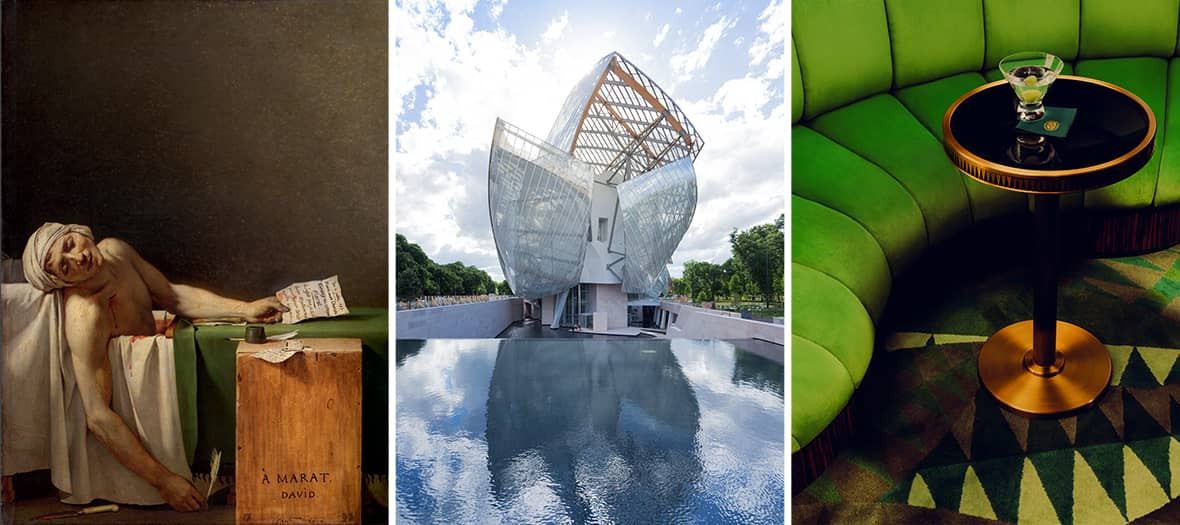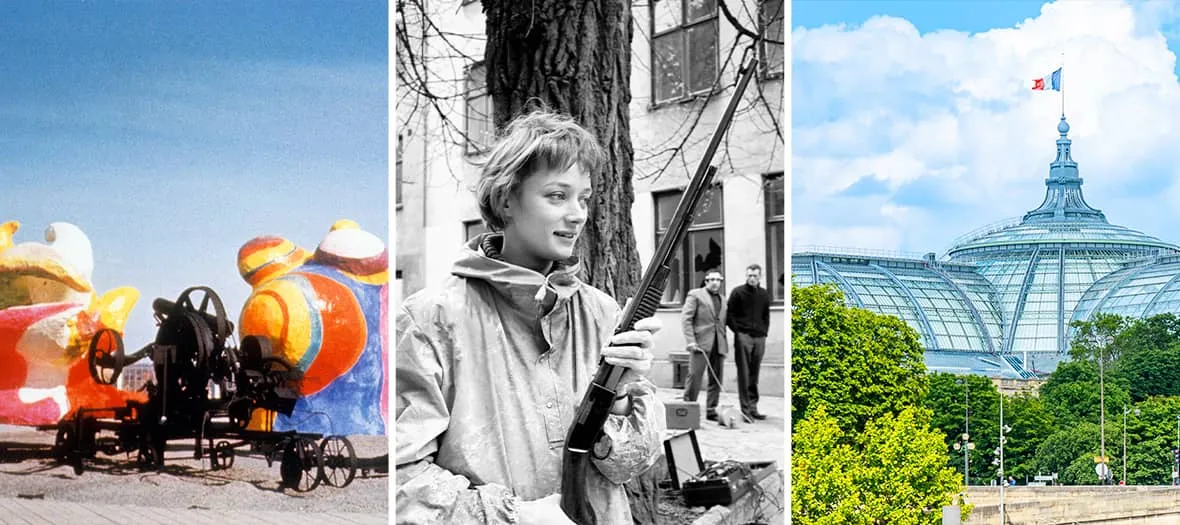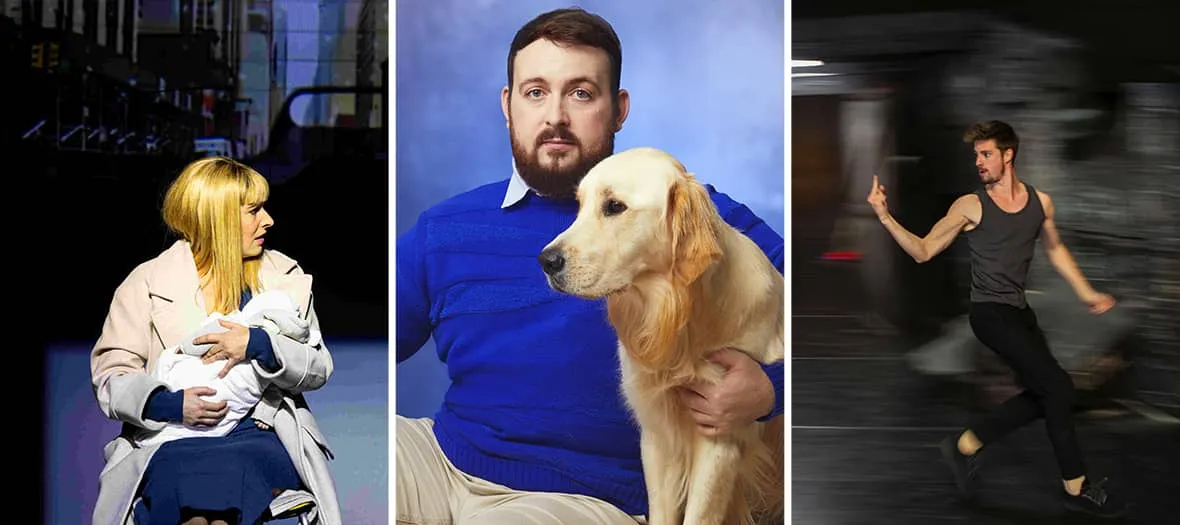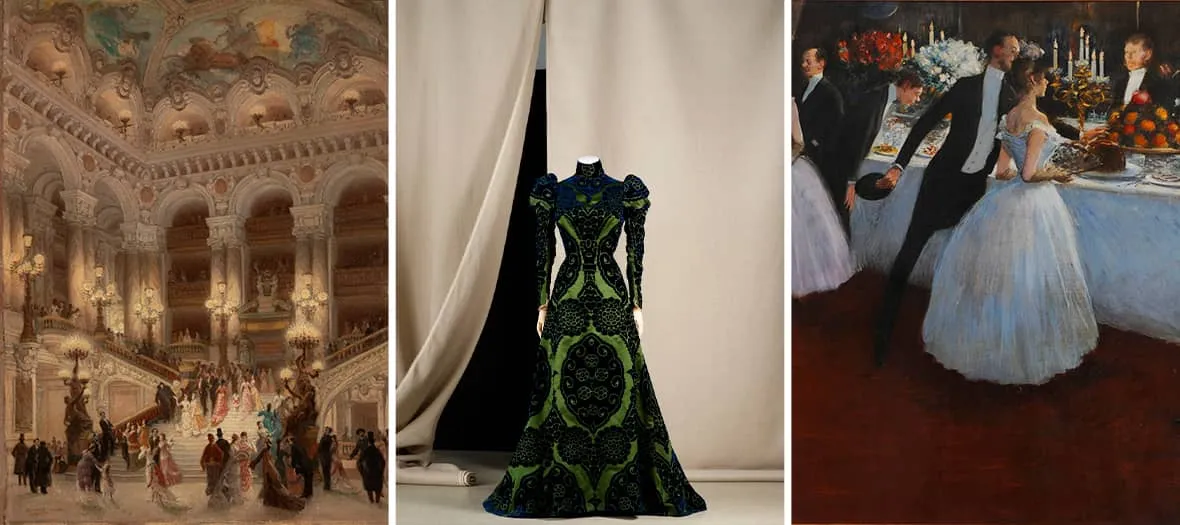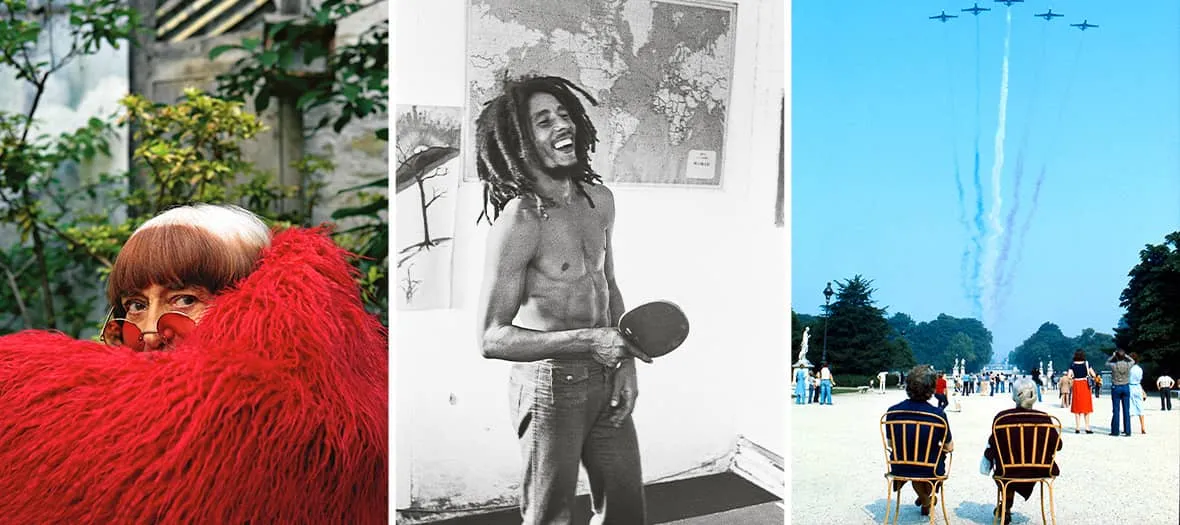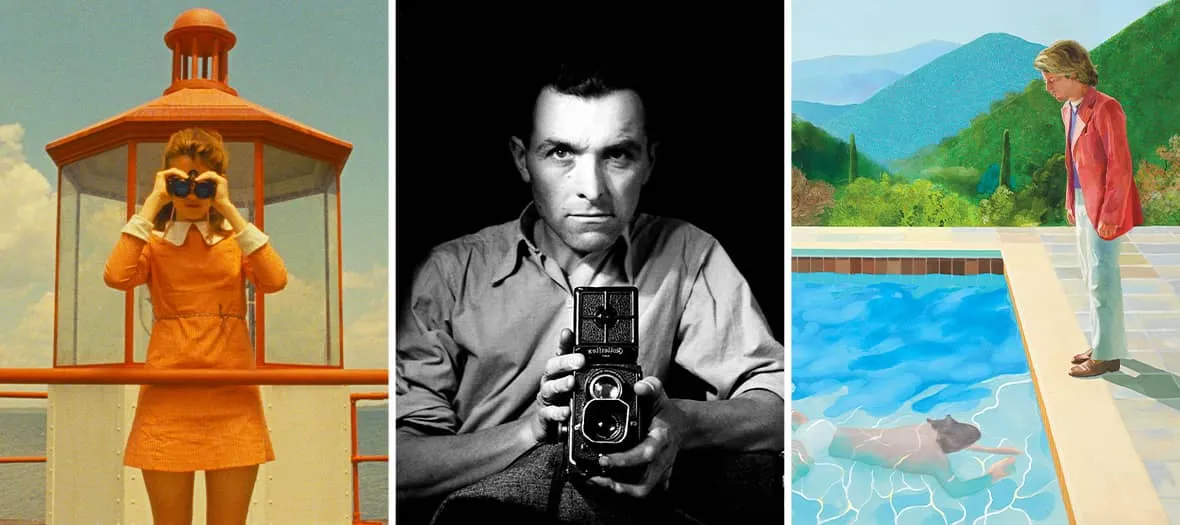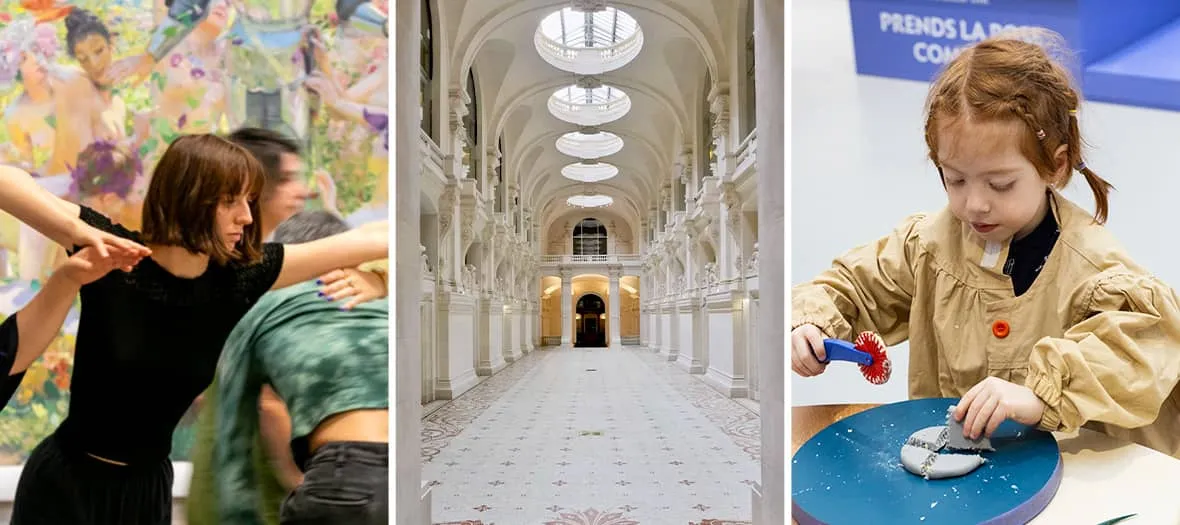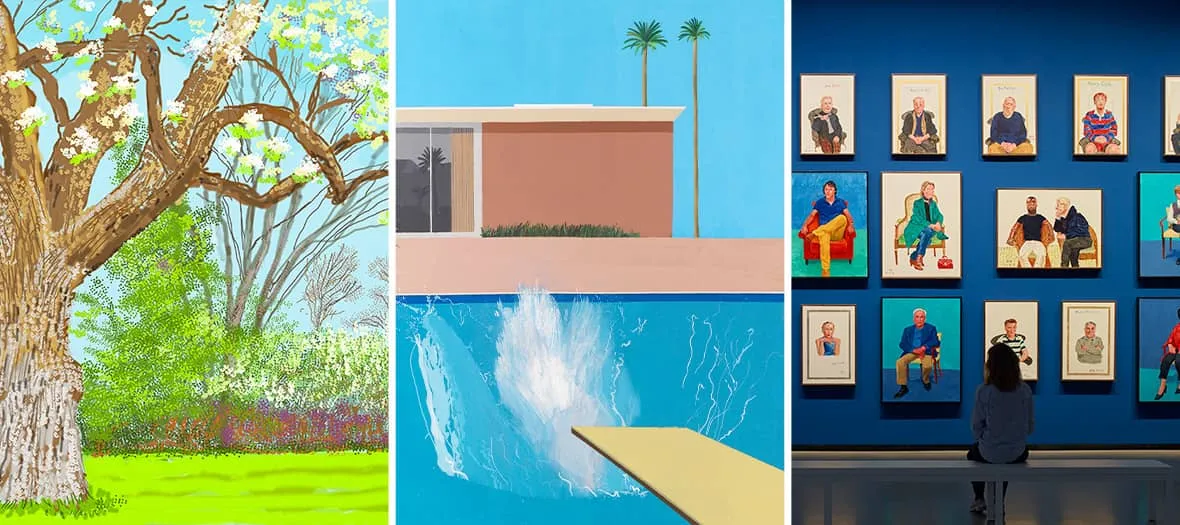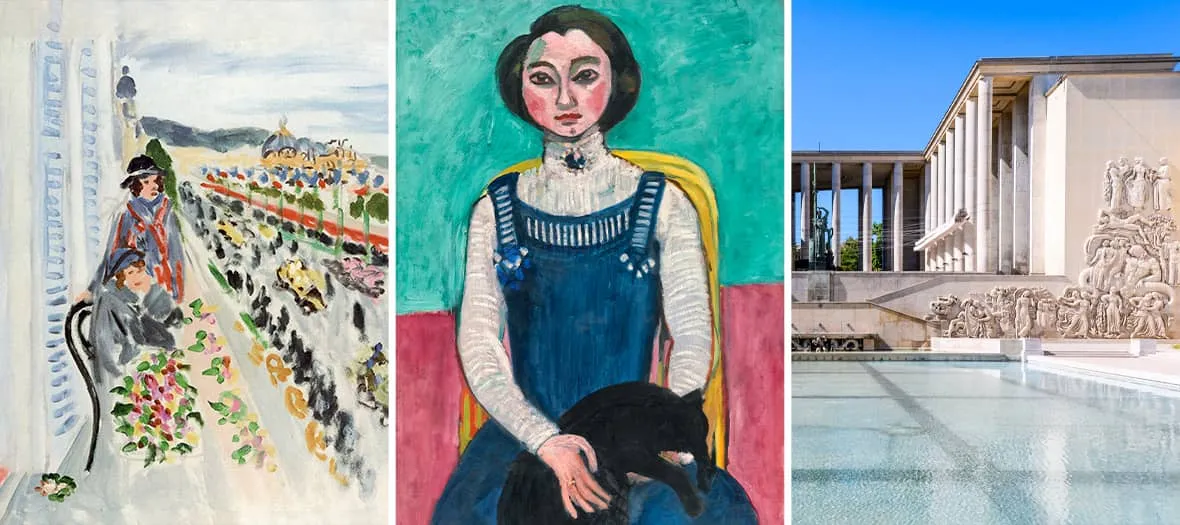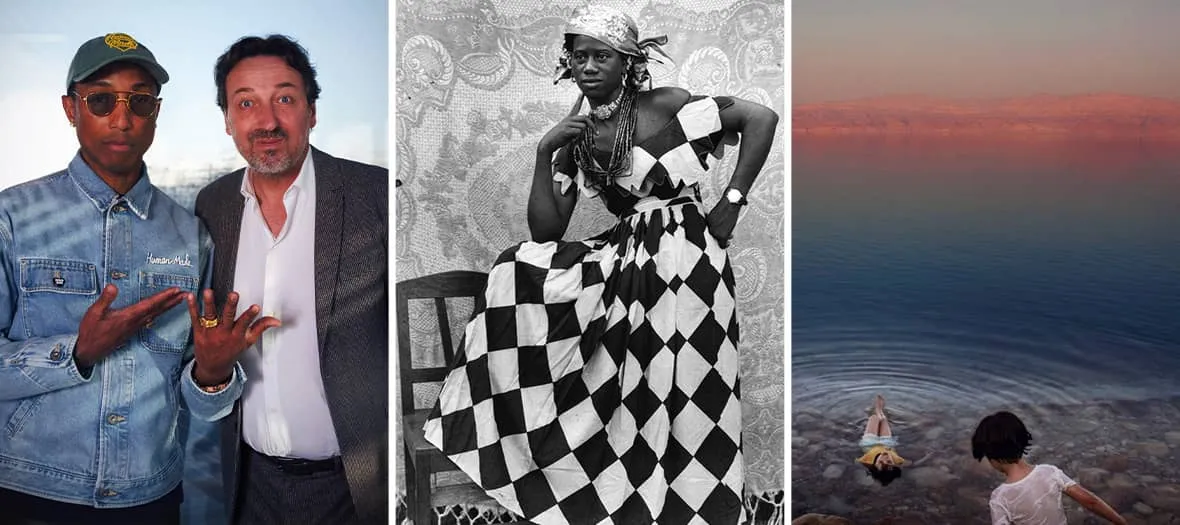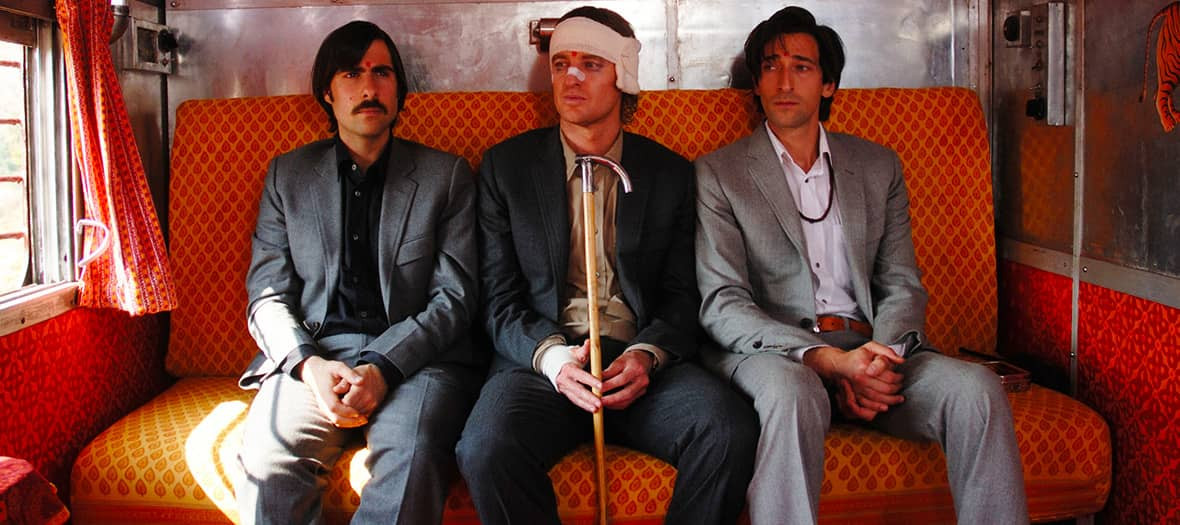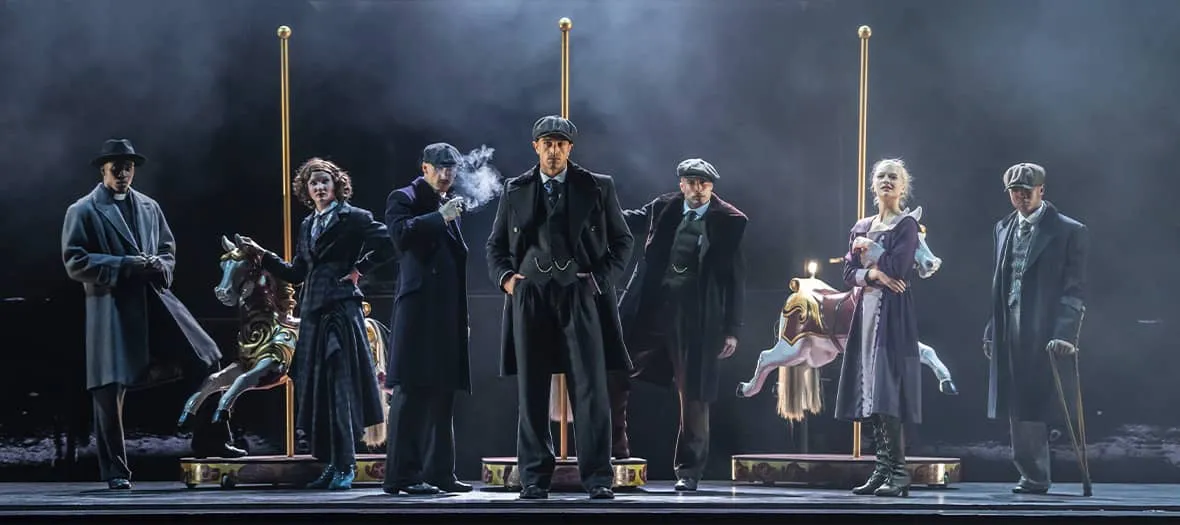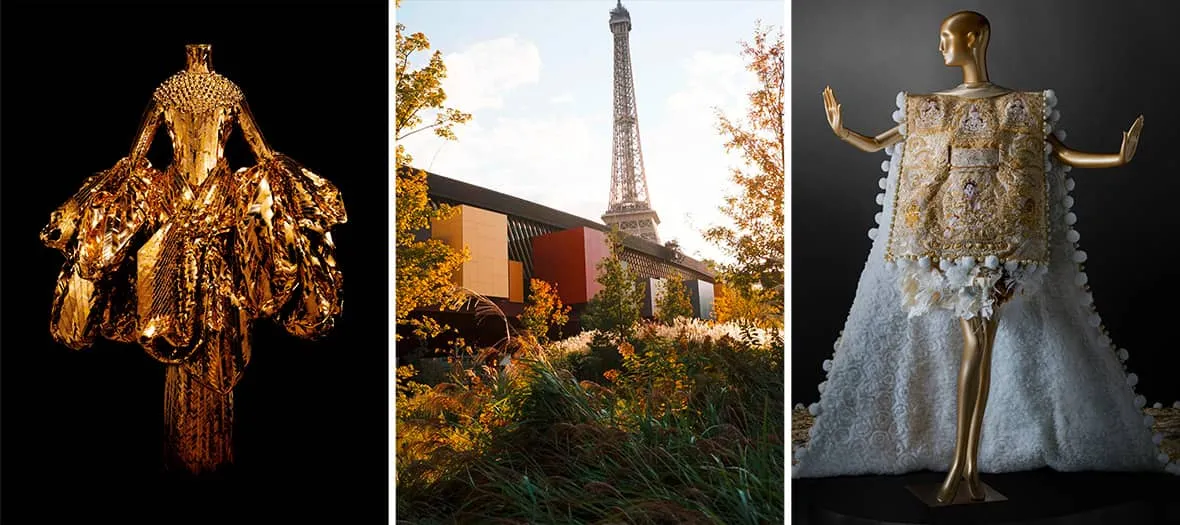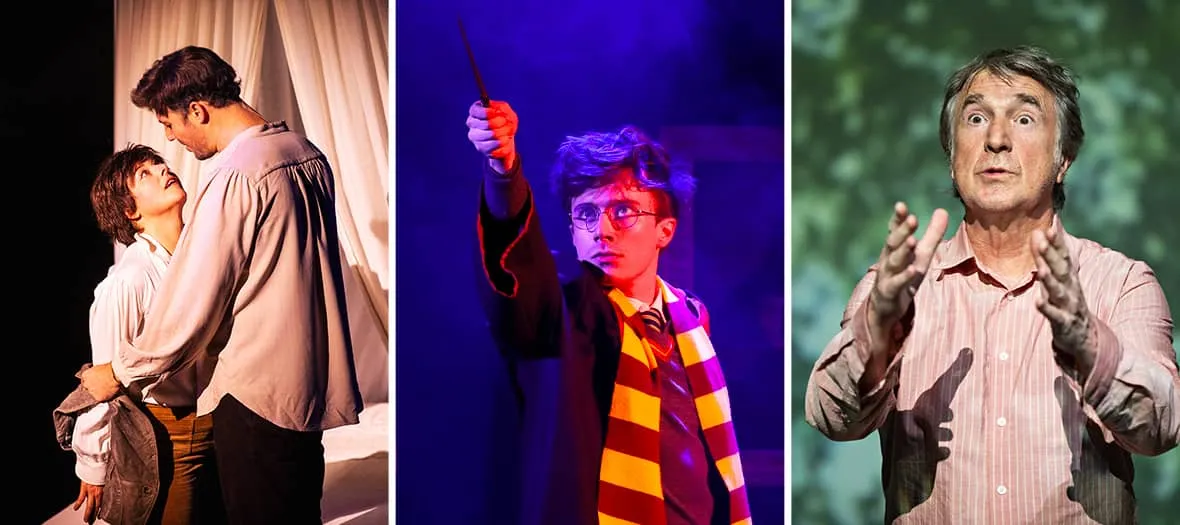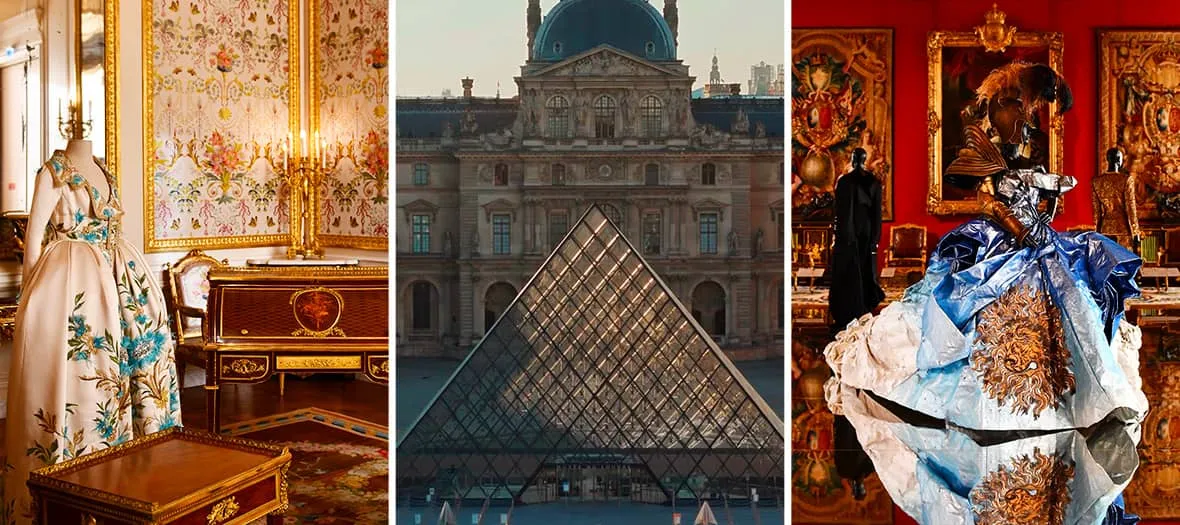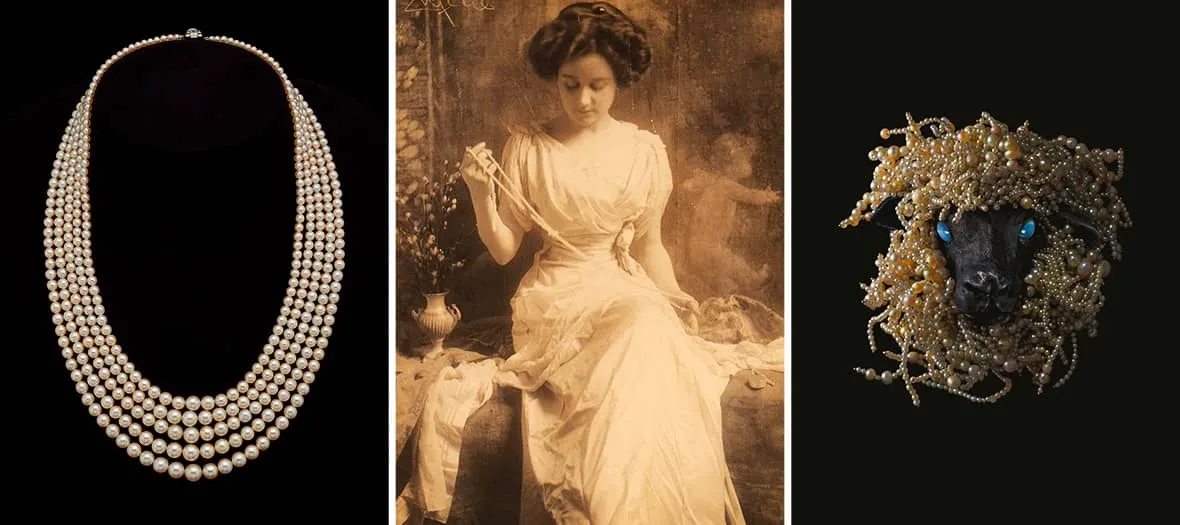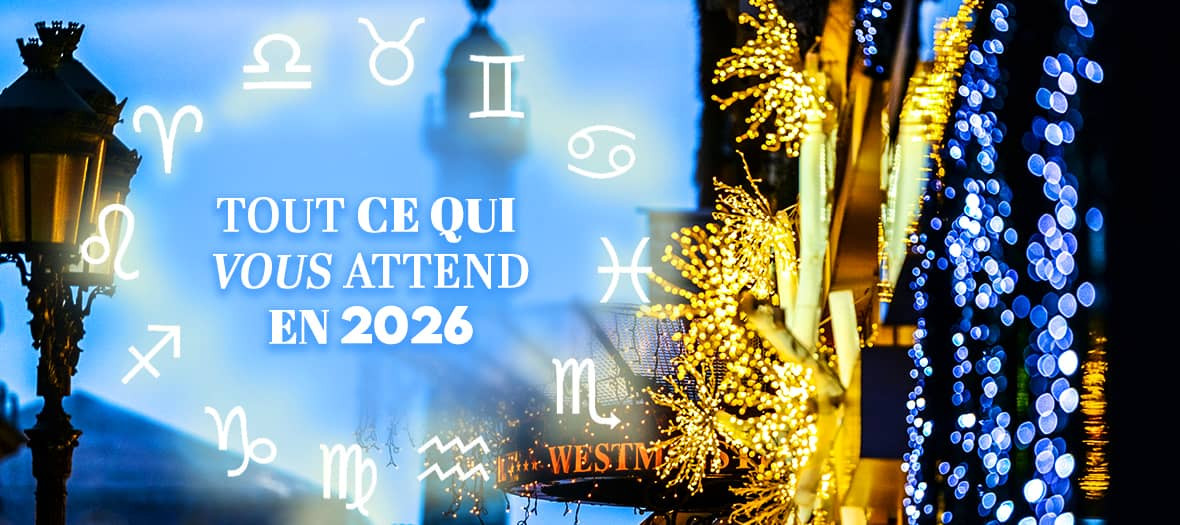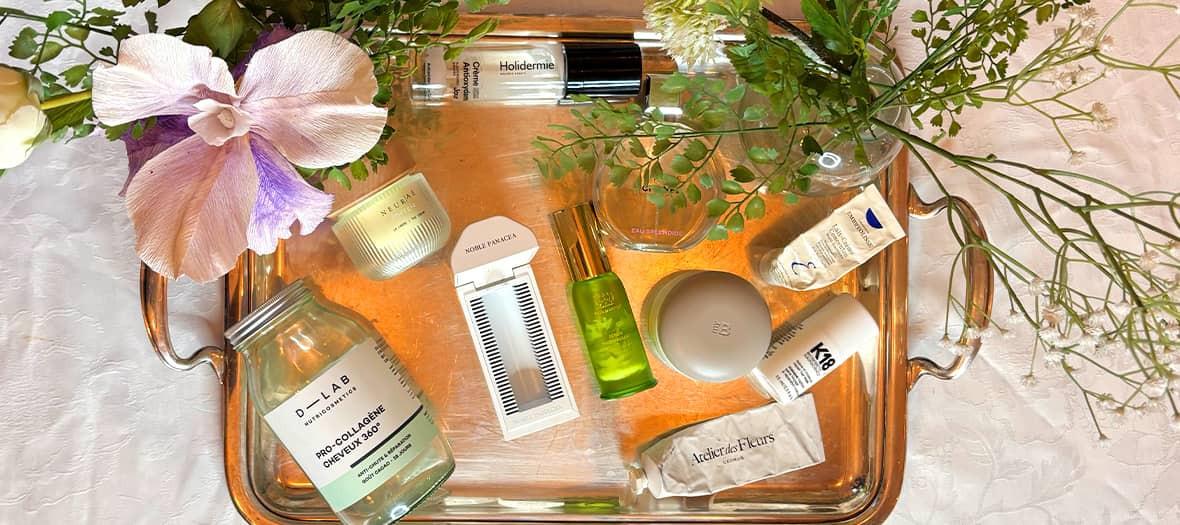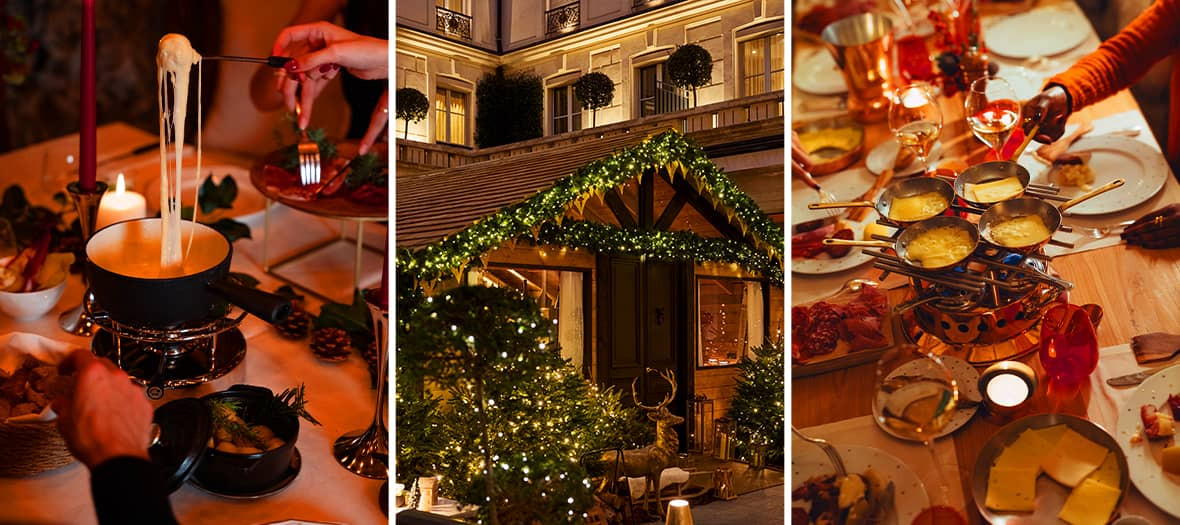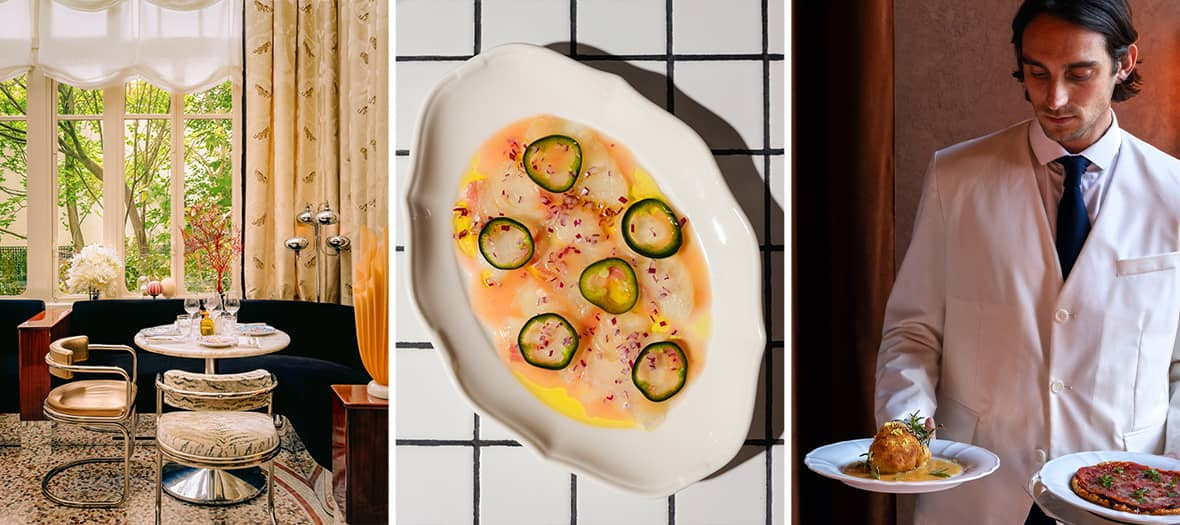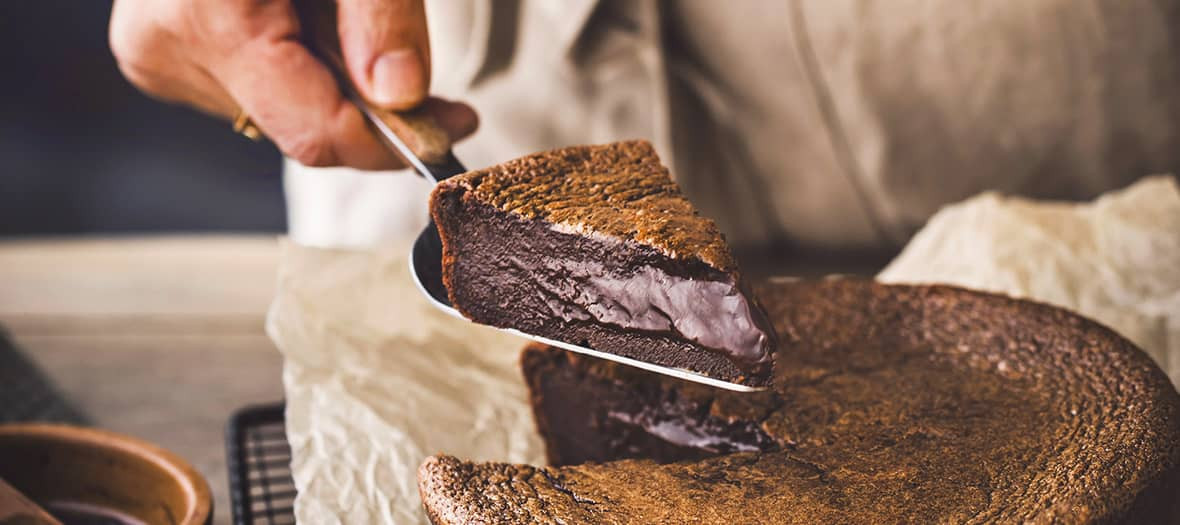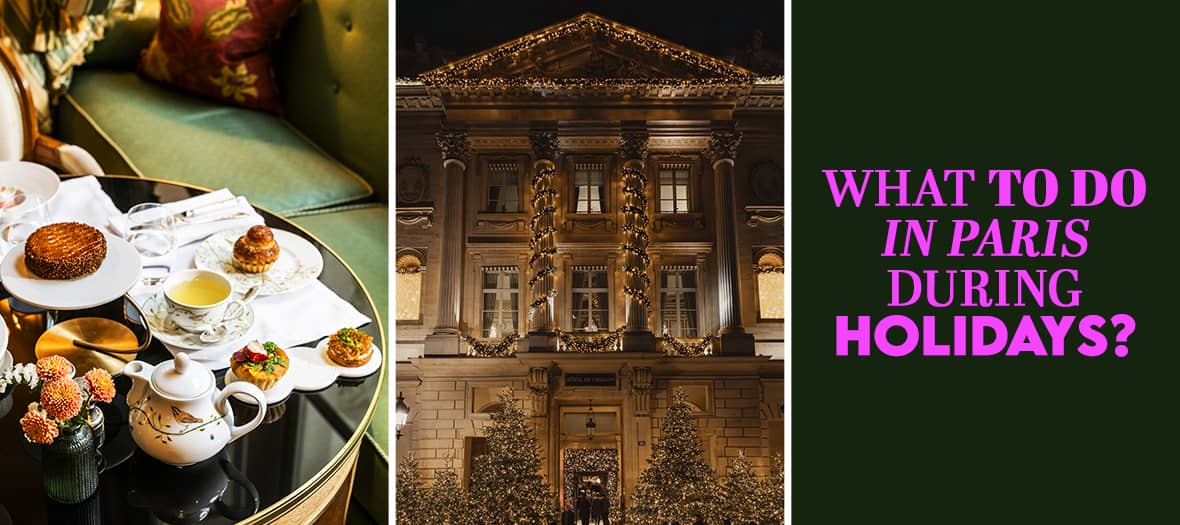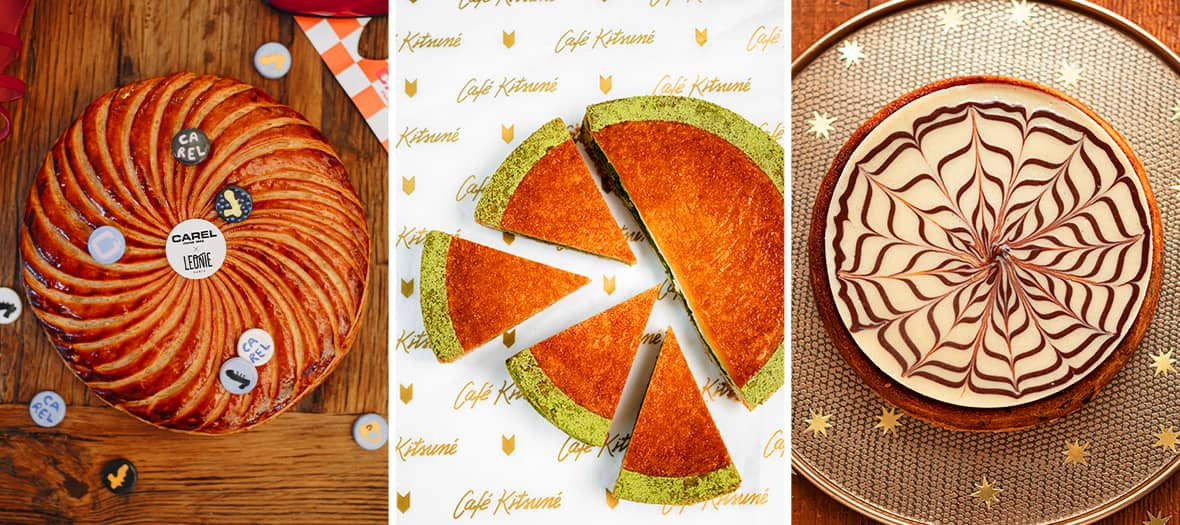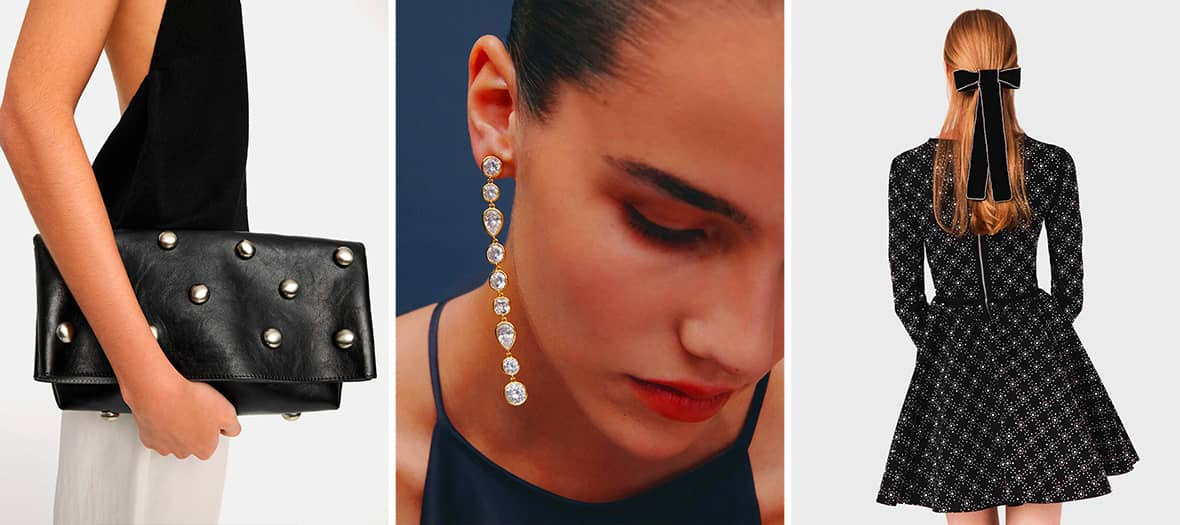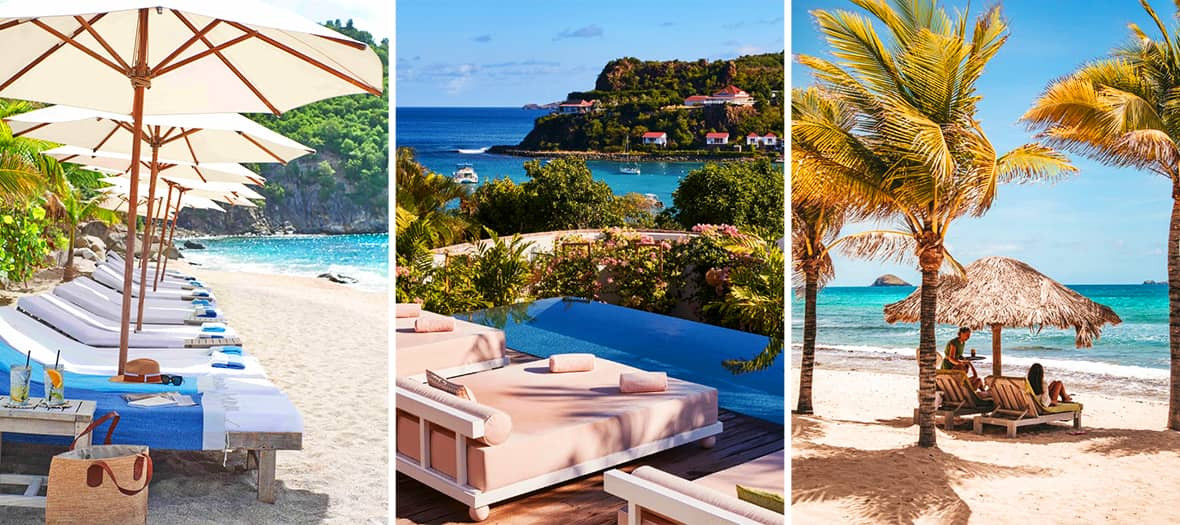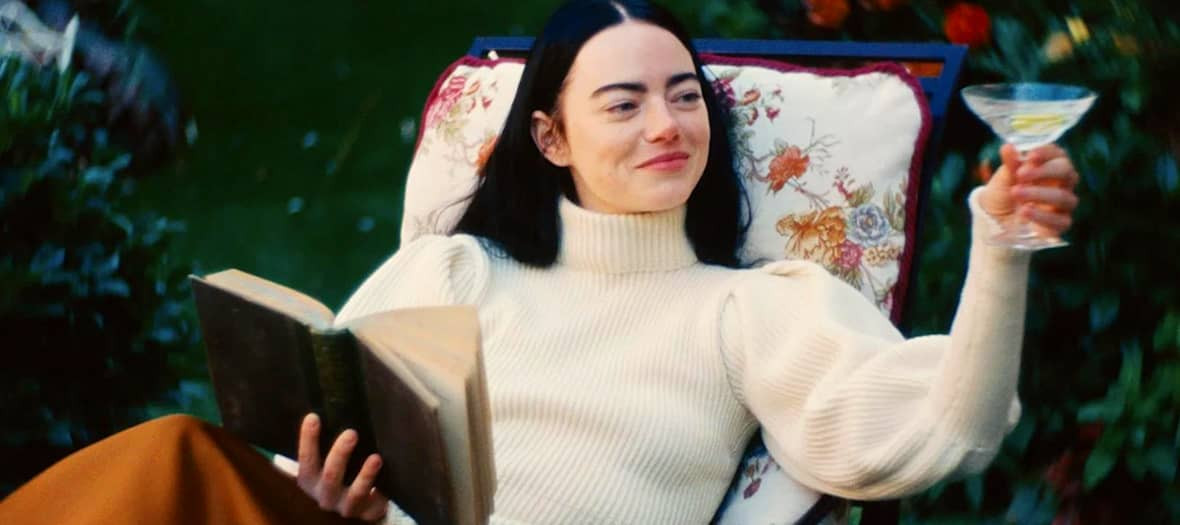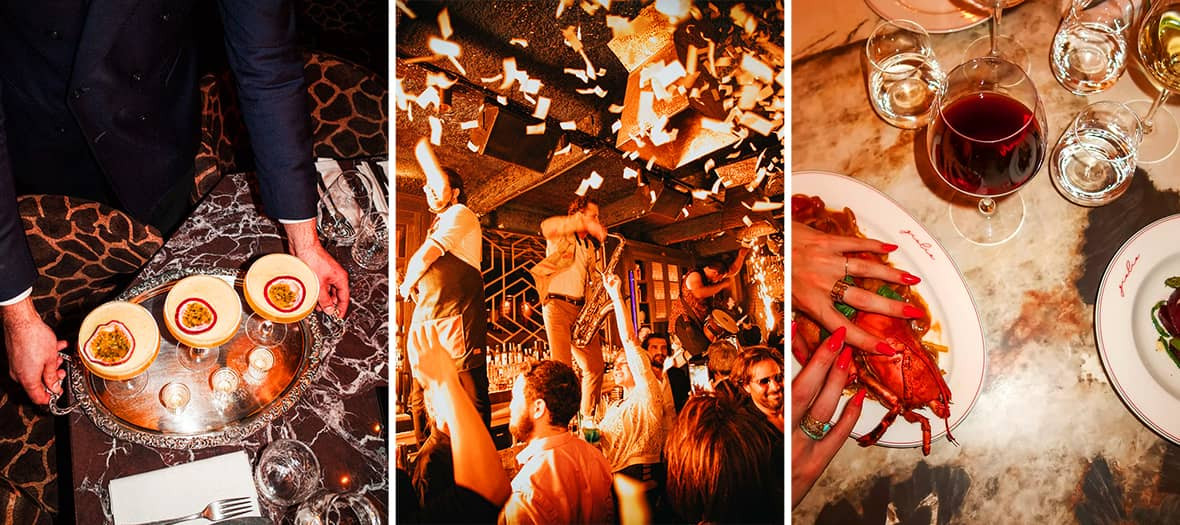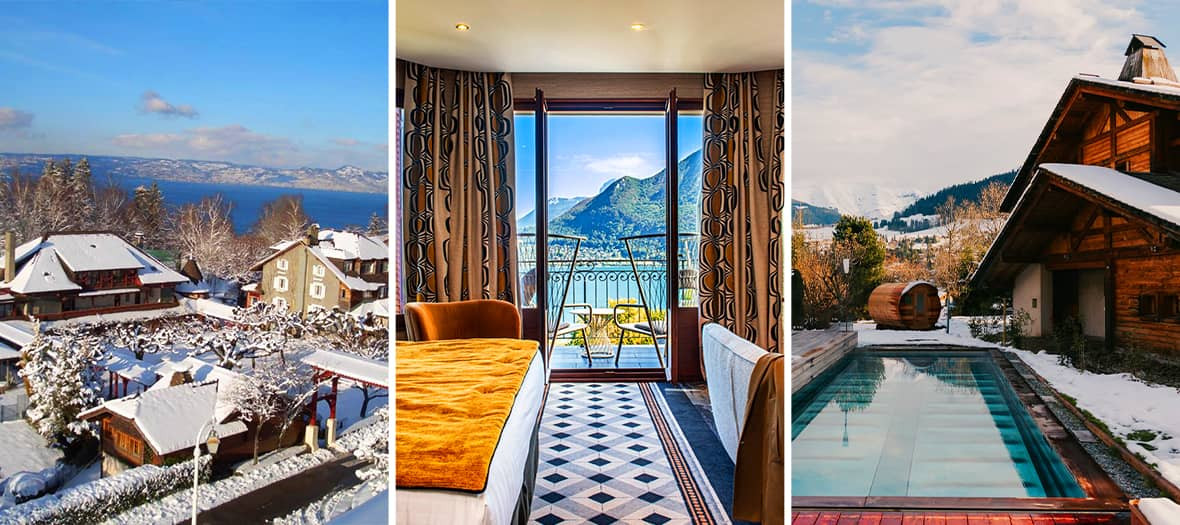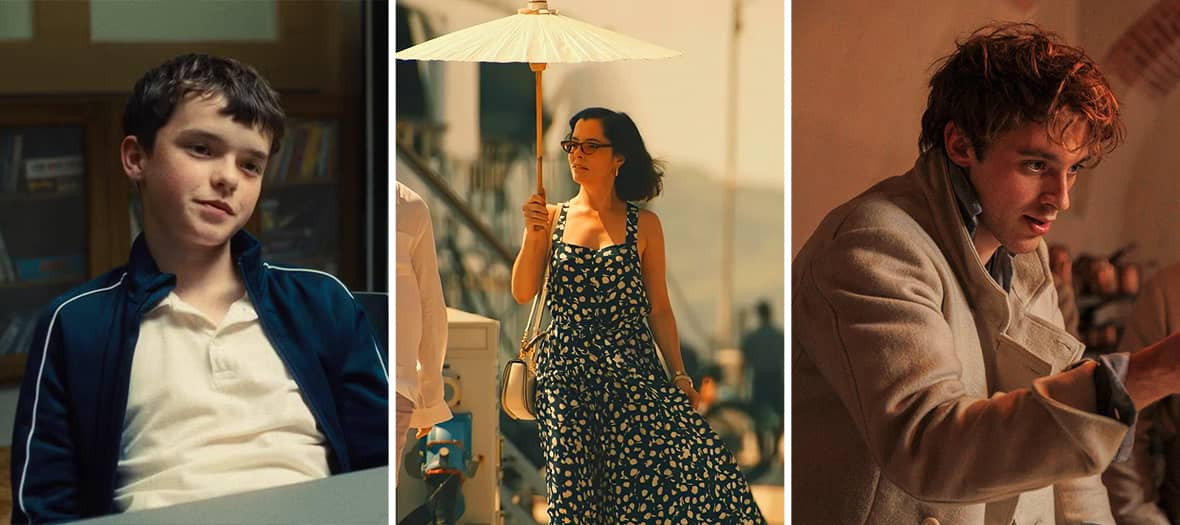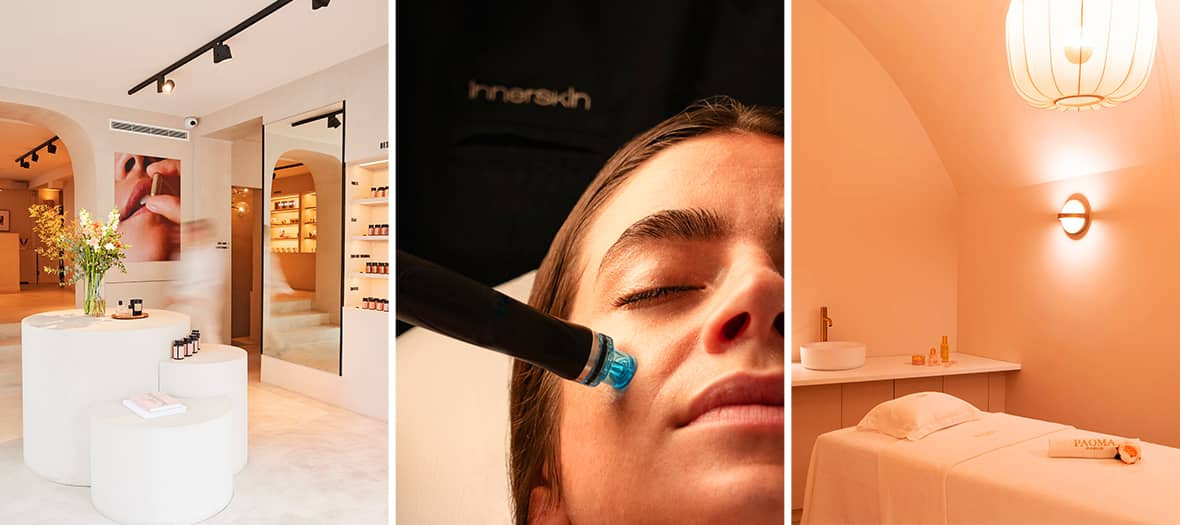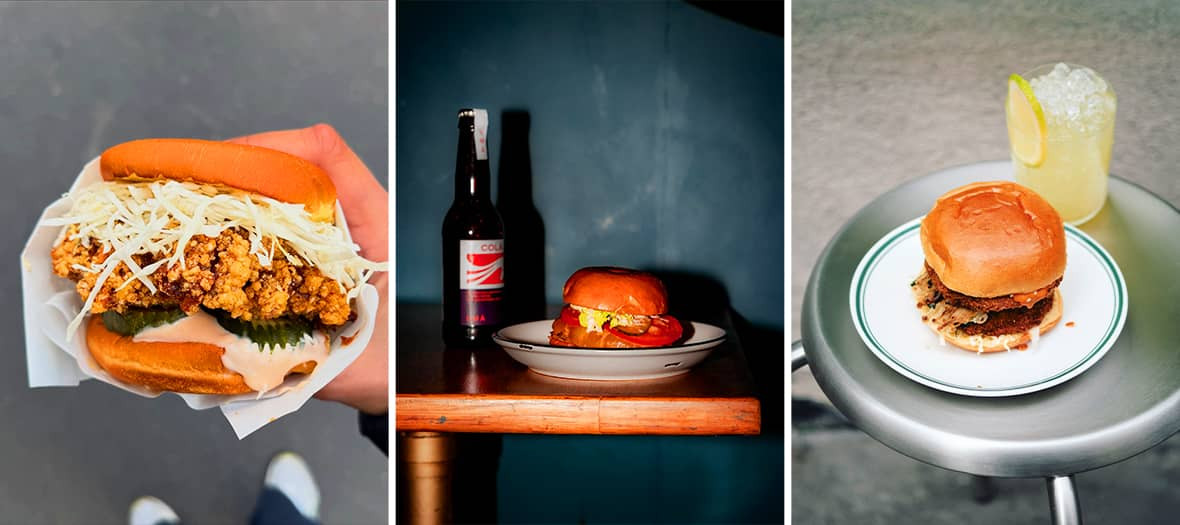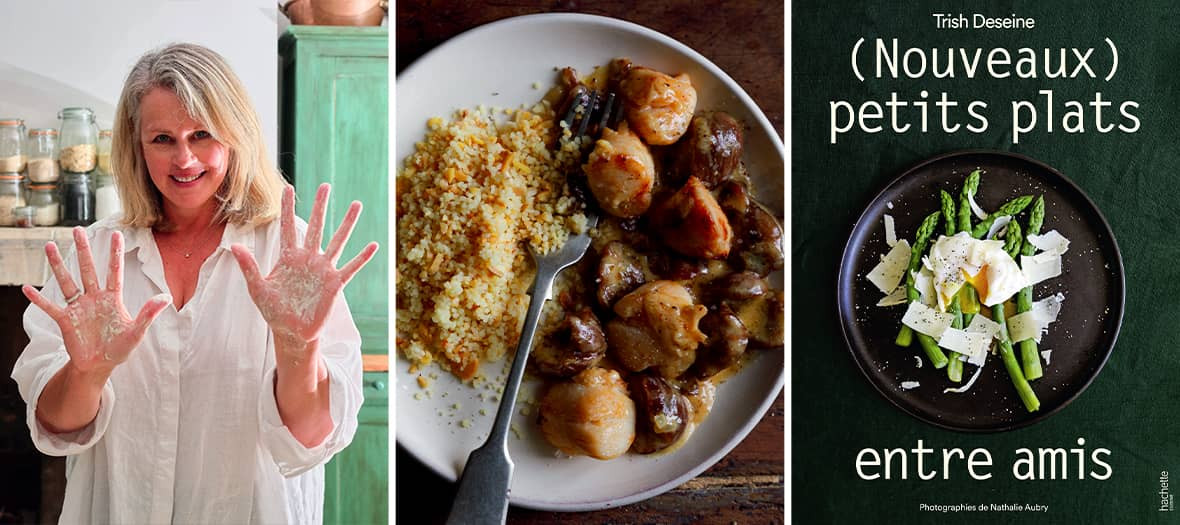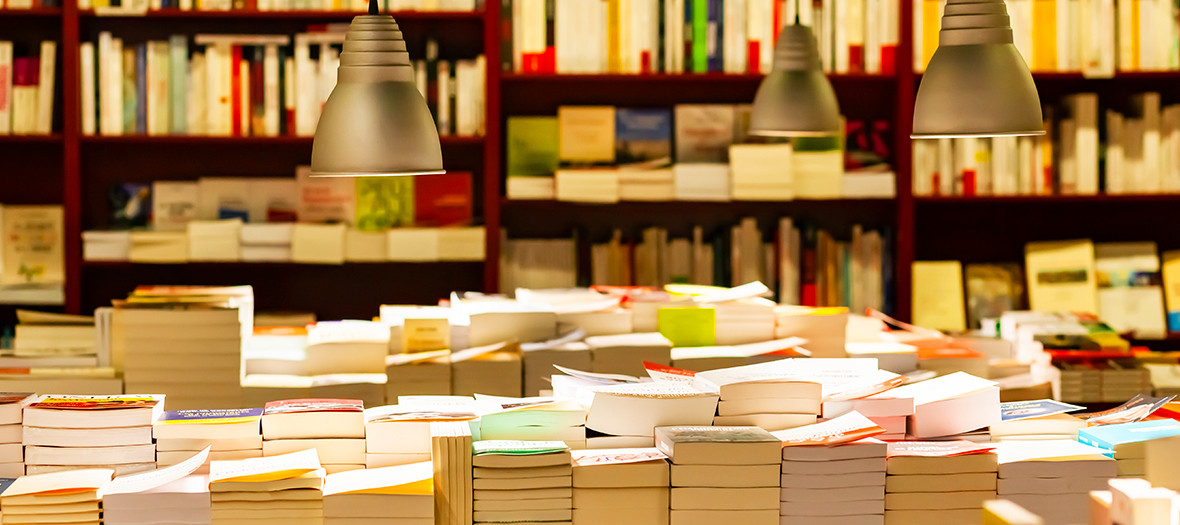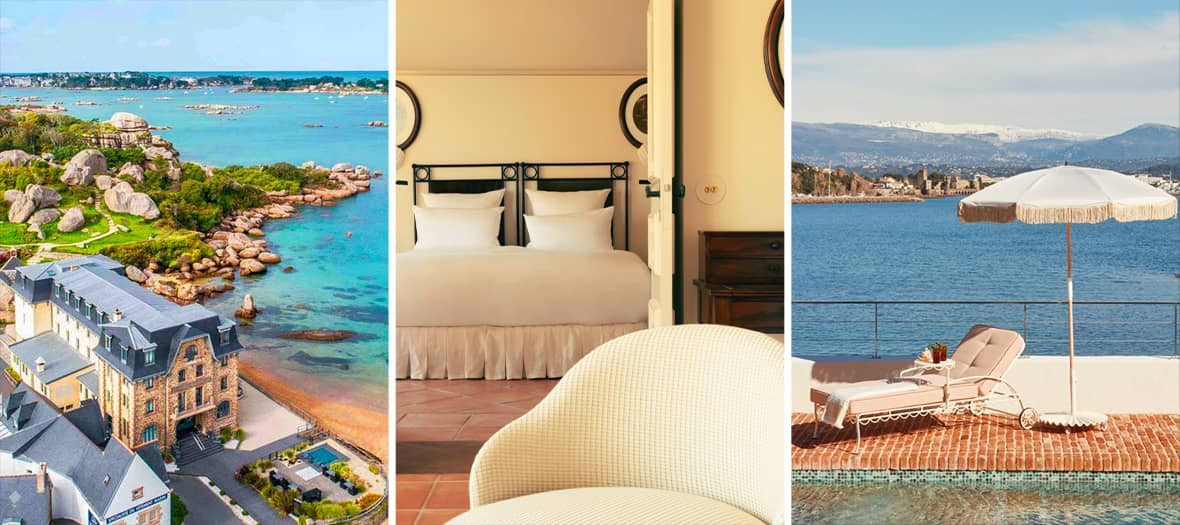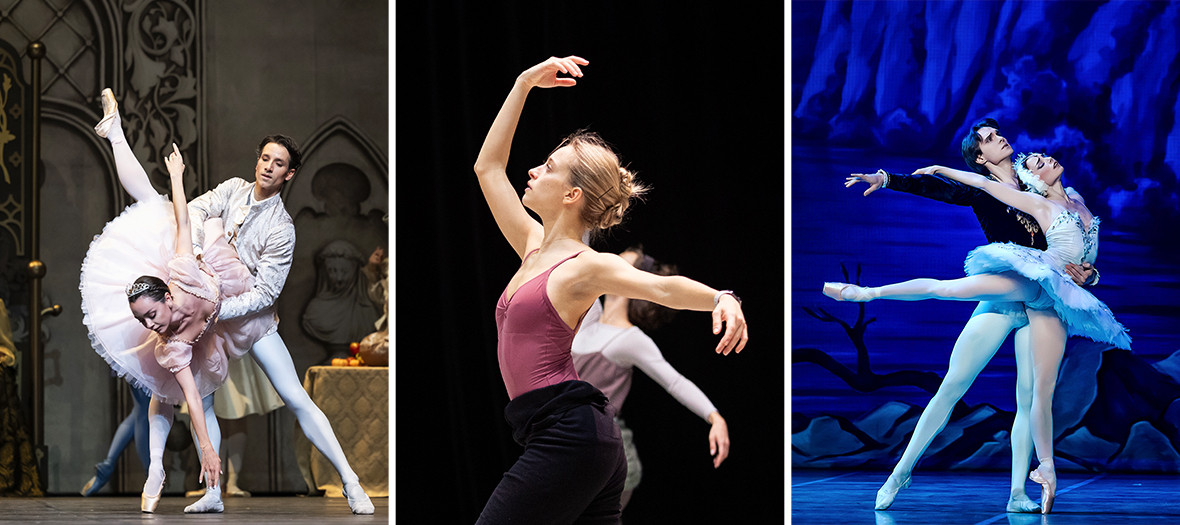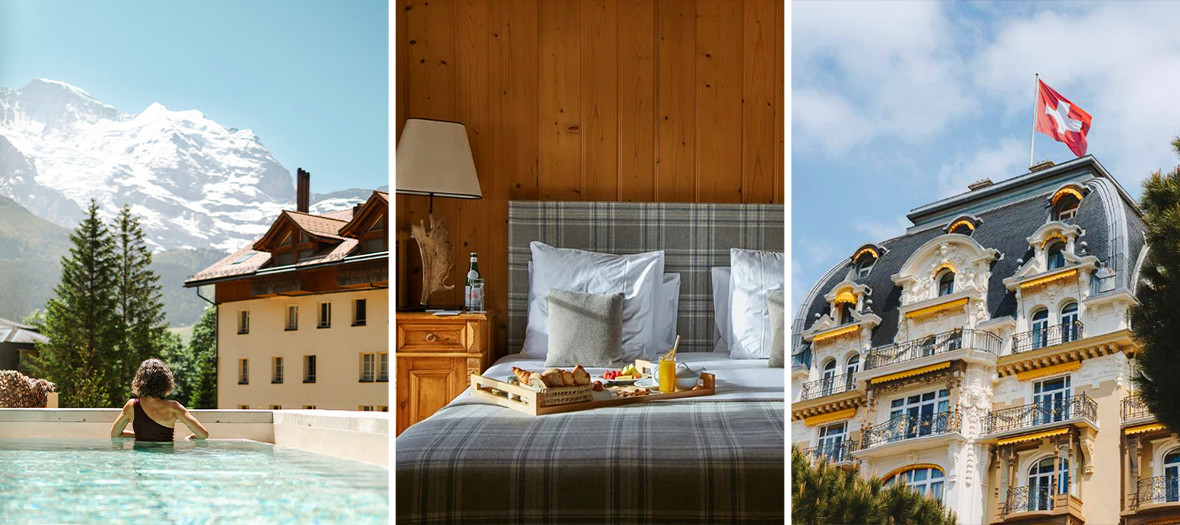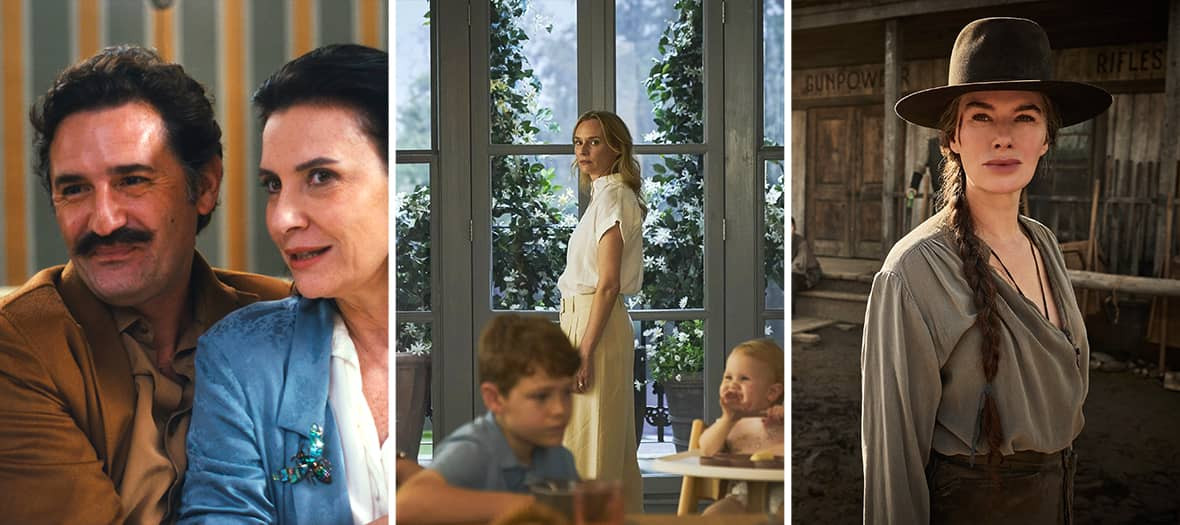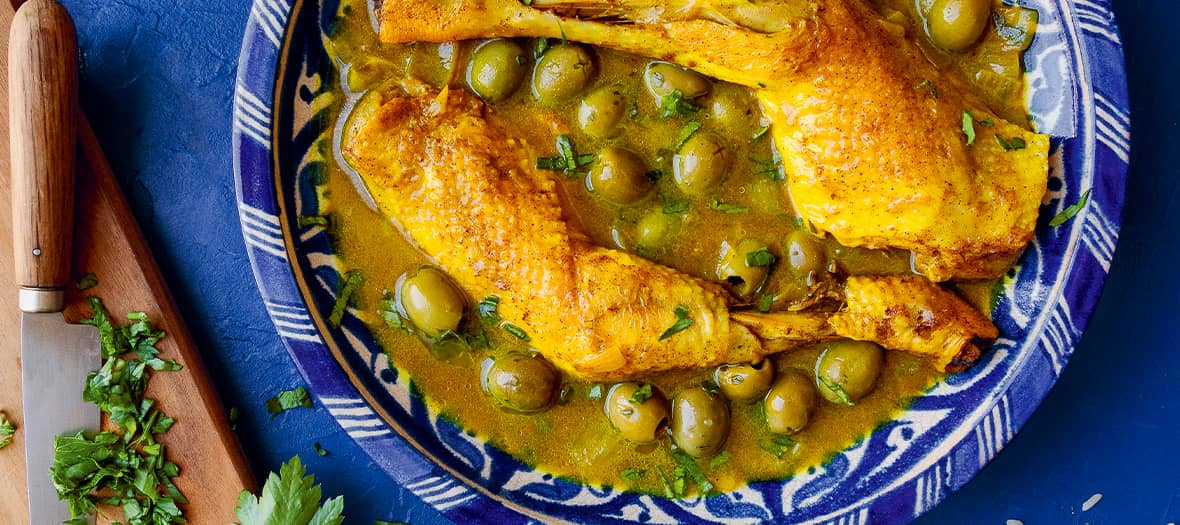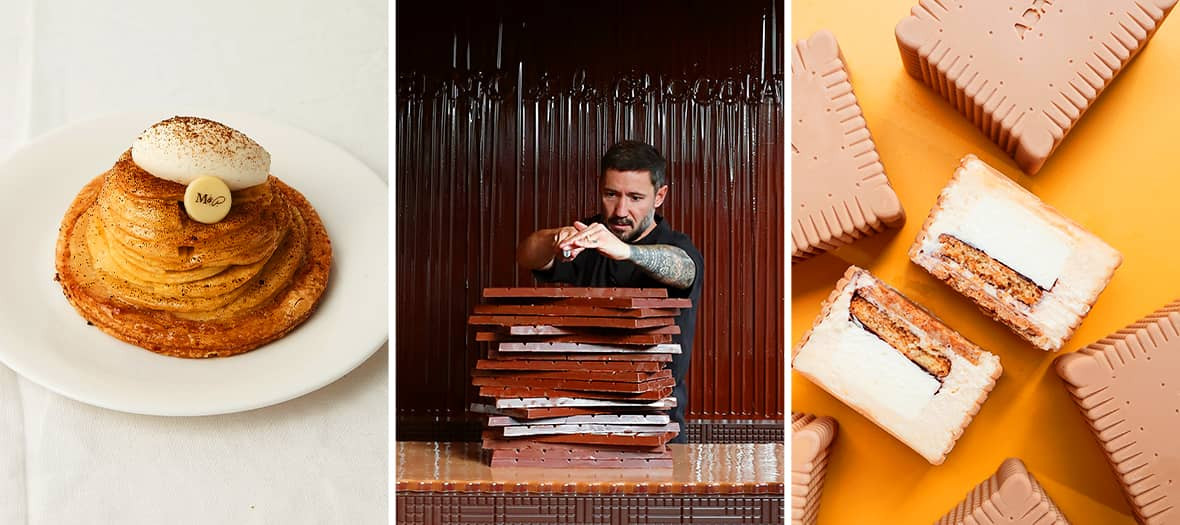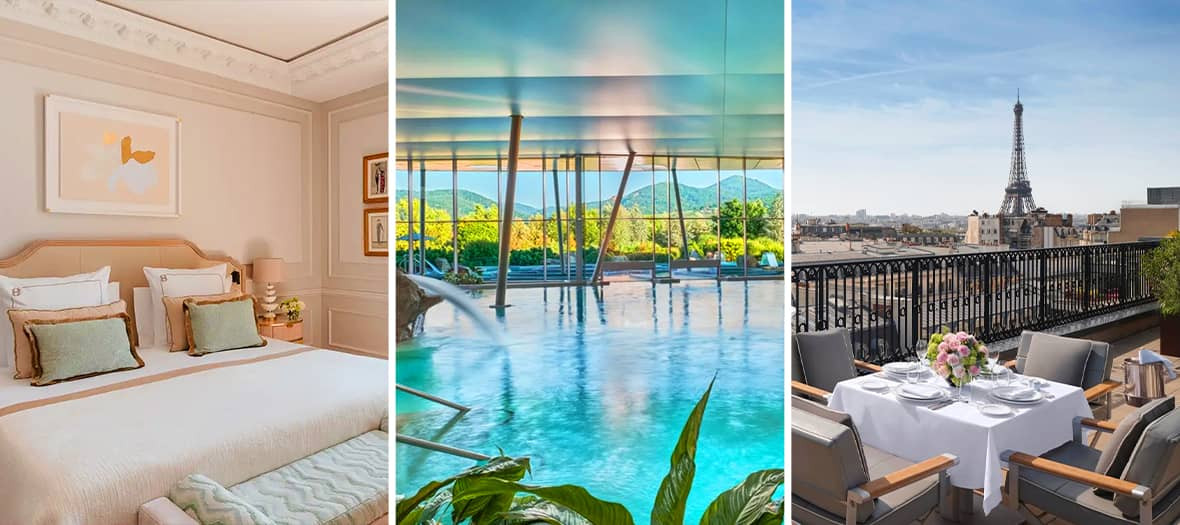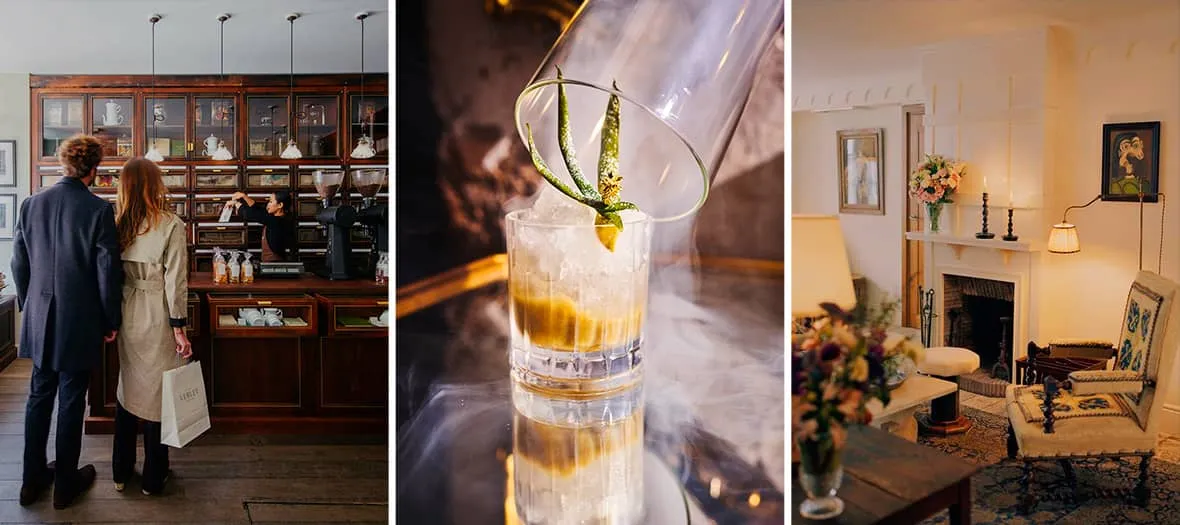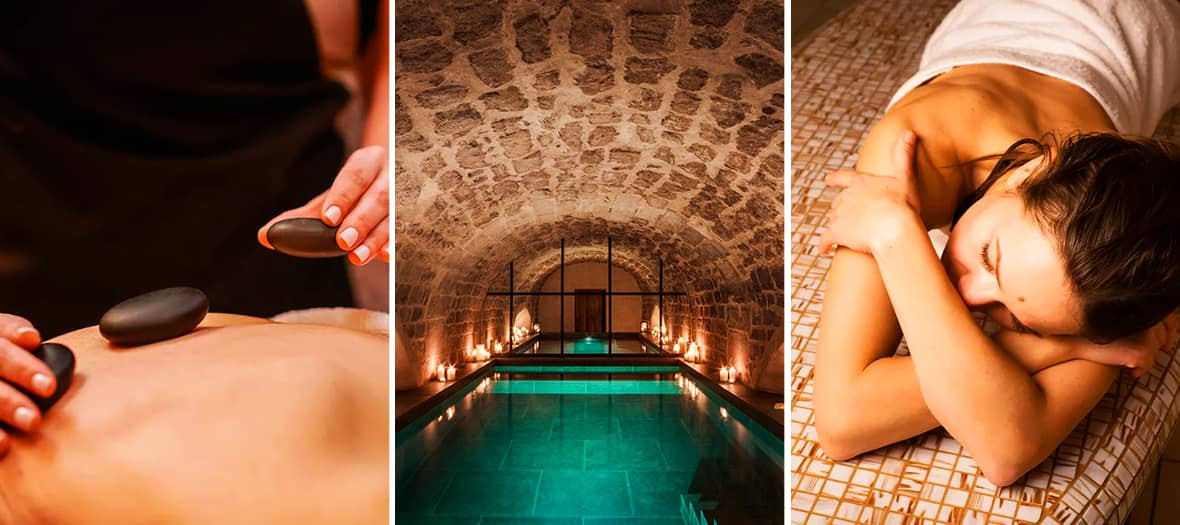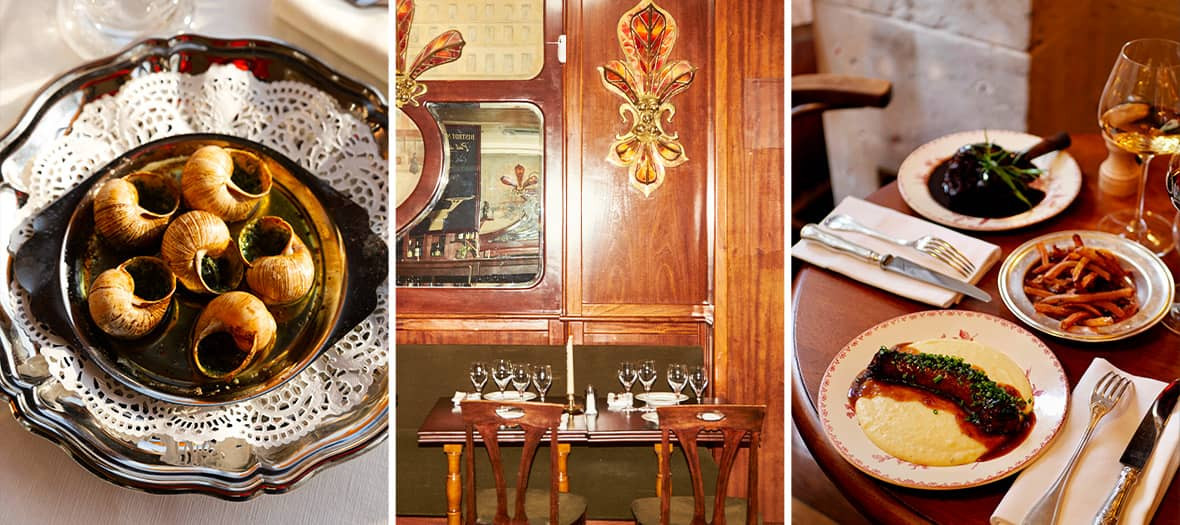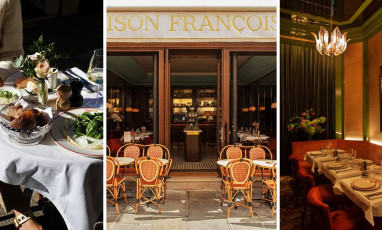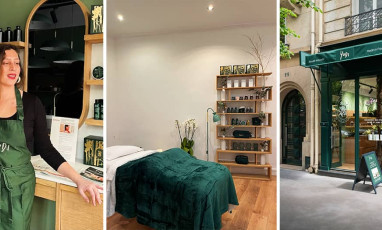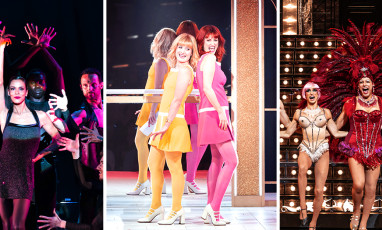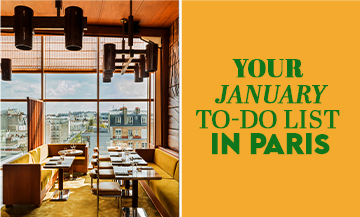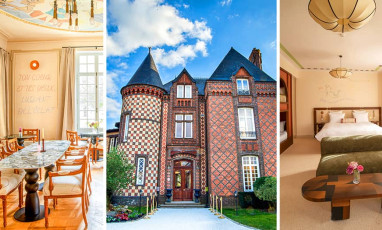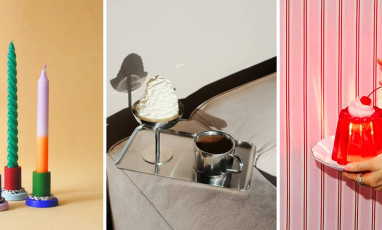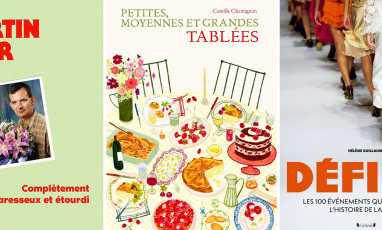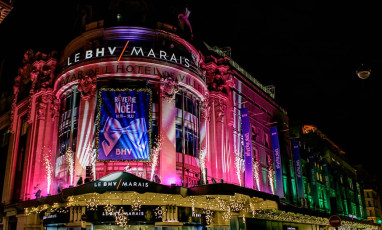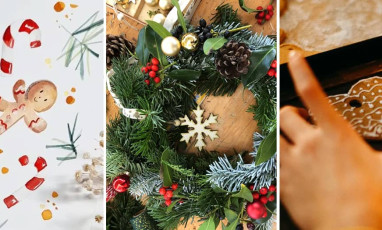It's a real little history lesson that comes to the Grand Palais with this new exhibition called ... Red . Or how a generation of artists first sought to participate in the building of a new society, before rebelling.
What should be the art of the new socialist society?
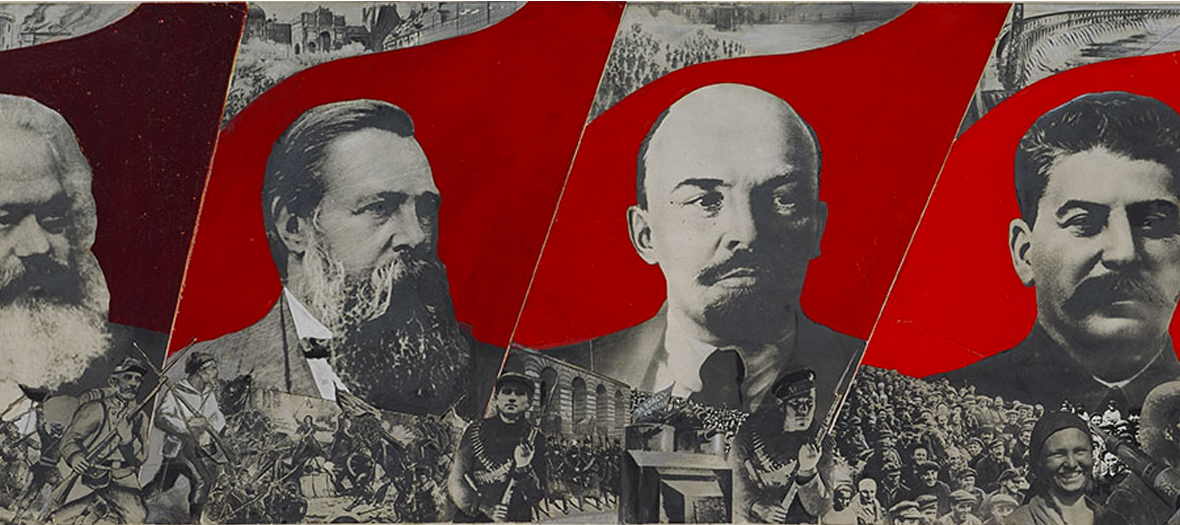
In 1917, the October Revolution upset the foundations of Russian society .
Artistic creation seems decisive in the establishment of the communist project ...
The debates vigorously animated the Soviet artistic scene in the 1920s. We wanted to break with Bourgeois Art in favor of an “ art of production ” which would participate in the active transformation of the way of life, led moreover by the Mayakovsky artist .
Zap painting and sculpture among others for design, photomontage and film, led by key figures like Gustav Klutsis, Alexander Rodchenko and Varvara Stepanova.
Stalin changes the game
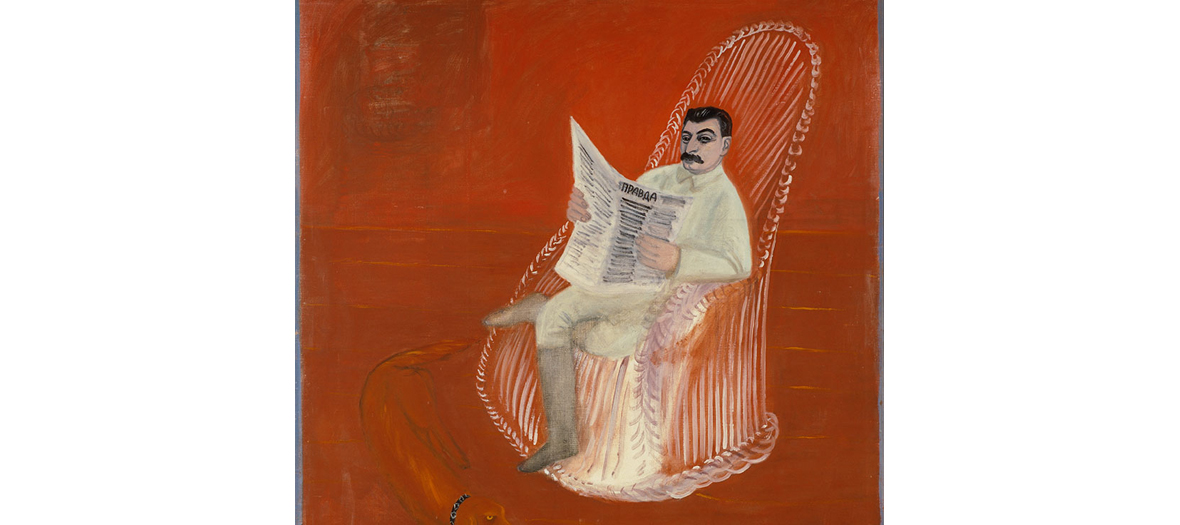
Far from the pluralism advocated by Trotsky , the arrival of Stalin in 1927 marked a new turning point.
The repression descends on leftist art, accused of “ bourgeois formalism ”. Figuration, considered the most capable of penetrating the masses, becomes the new artistic doctrine imposed, more capable than the models of the new socialist man. It is the beginning of socialist realism.
Socialist realism
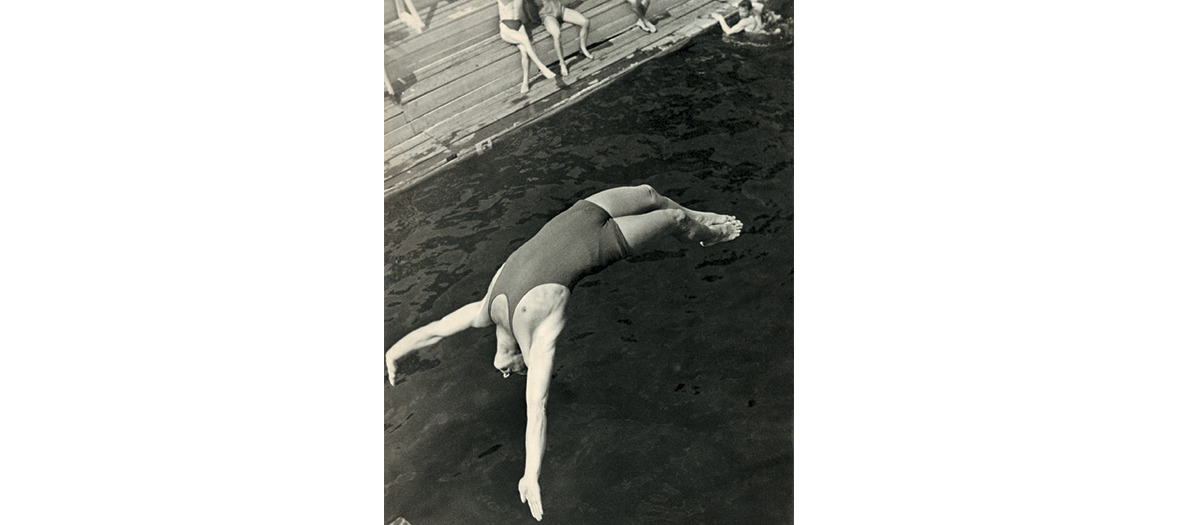
To do this: the Society of Easel Artists in Moscow and the Artists' Circle in Leningrad - Alexander Samokhvalov or Alexeï Pakhomov - produce a painting that dedicates idealized heroes…
Proof of this is the room dedicated to “ A healthy mind in a healthy body ”. Do not look for where Putin's obsession with “ heroic ” physical representation comes from . In the USSR , physical culture is massively encouraged: “ a culture of optimism, a culture of vigor ”, explains Anatoly Lounacharski in 1930.
The Stalinist city
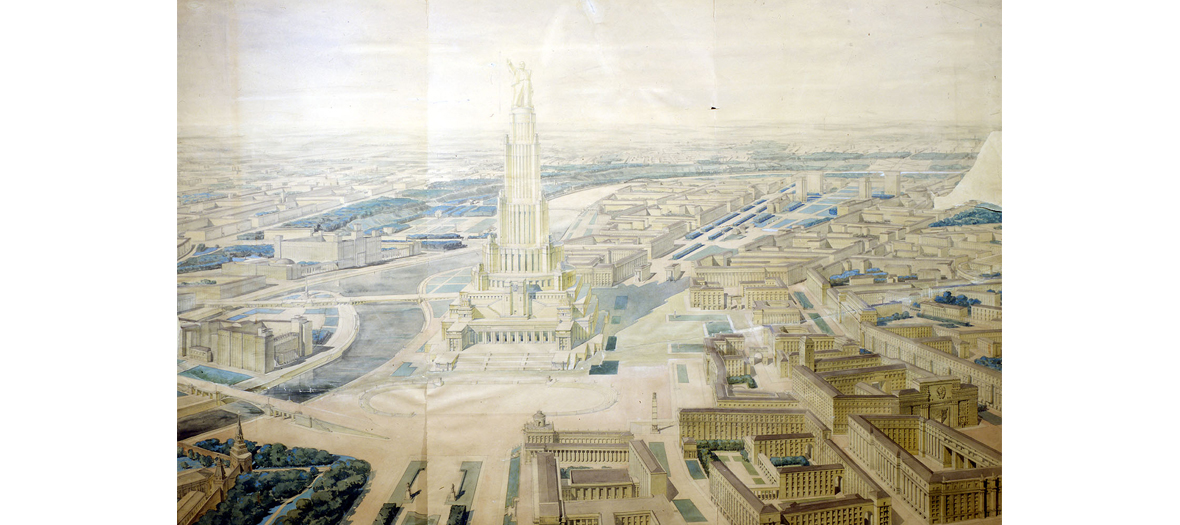
The beginnings of constructivist architecture are also emerging with new typologies of buildings - workers' clubs and collective dwellings which attract intellectuals from capitalist countries.
From the beginning of the 1930s, the attention of power focused on Moscow , doomed to become a socialist “ third Rome ”, reflecting the greatness of the new society. As proof: the new buildings are the subject of a ceremonial exterior decoration and increased monumentality. The “ underground palaces ” of the new metro, the colossal Soviet palace project and the post-war skyscrapers.
Open from Thursday to Monday from 10 a.m. to 8 p.m. Wednesday from 10 a.m. to 10 p.m. 14 € full price. All the information on the Grand Palais .
Also discover the last exhibition at the Louis Vuitton Foundation .




